Opal
The Enchanting Gemstone of Color and Light
Opal is one of the most mesmerizing gemstones, renowned for its iridescent play-of-color that shifts under light. From fiery reds to deep blues, each opal is unique, making it a cherished choice for jewelry and collectors alike. This guide explores opal’s origins, formation, cultural significance, market value, jewelry styling, best pairings, color inspirations, and a fun discussion topic to fully appreciate its magic.
Origin of Opal
Opal is primarily sourced from Australia, which produces over 90% of the world’s supply. However, notable deposits also exist in other regions.
Major Opal Sources:
-
Australia – The largest and most famous supplier, known for:
-
Lightning Ridge (Black Opal)
-
Coober Pedy (White Opal)
-
Andamooka (Matrix and Crystal Opal)
-
-
Ethiopia – Known for vibrant Welo Opals, often with strong transparency.
-
Mexico – Produces stunning Fire Opals, with deep orange and red hues.
-
Brazil – Offers high-quality white and crystal opals.
-
United States – Found in Nevada and Idaho, primarily precious and common opals.
-
Honduras & Slovakia – Smaller but historically significant opal-producing regions.
Each region produces unique variations, making opals diverse in color, clarity, and brilliance.
Formation Process of Opal
Opal is a hydrated silica mineral, meaning it forms from silica-rich water. Unlike crystalline gemstones, opal lacks a defined structure, instead consisting of microscopic silica spheres arranged in a grid-like pattern. These spheres diffract light, creating opal’s signature play-of-color.
Formation Process:
-
Silica Deposition – Water carrying silica seeps into rock crevices.
-
Evaporation & Solidification – Over millions of years, water evaporates, leaving behind silica deposits.
-
Formation of Opal – Layers of silica harden, creating opal with or without play-of-color.
The presence of uniform silica spheres determines whether an opal displays vibrant colors (precious opal) or remains opaque (common opal).
Cultural Significance and Meaning of Opal
Throughout history, opal has been associated with mysticism, creativity, and luck.
Symbolism & Historical Uses:
-
Ancient Rome – Called the “Queen of Gems,” opal symbolized hope and purity.
-
Middle Ages – Believed to grant invisibility and protection.
-
Australian Aboriginal Mythology – Opal was thought to be a gift from the creator to bring colors to the earth.
-
Arabic Legends – Opals were considered pieces of lightning that fell from the sky.
-
Modern Metaphysical Properties – Opal is linked to:
-
Emotional healing and inspiration
-
Creativity and artistic expression
-
Amplification of emotions and energies
-
Opals have also been associated with October birthdays and are the traditional 14th wedding anniversary gemstone.
Market Value and Rarity
Opal’s price varies significantly depending on color, clarity, type, and origin.
Opal Price Ranges:
-
Common Opal (Milky or Opaque Varieties): $5 – $50 per carat
-
Fire Opal: $50 – $500 per carat
-
Boulder Opal: $100 – $1,000 per carat
-
Black Opal (Lightning Ridge): $1,000 – $10,000+ per carat
Factors Affecting Value:
-
Play-of-Color – The more intense and varied the colors, the higher the price.
-
Body Tone – Black opals are the most valuable, while white opals are more affordable.
-
Clarity & Transparency – Crystal opals (semi-transparent) are highly prized.
-
Origin – Australian opals, particularly from Lightning Ridge, command premium prices.
Opals require careful maintenance since they contain up to 20% water and can crack if exposed to extreme dryness.
Opal Properties
External
Career & Success
Career Success
Relationships & Communication
Communication Skills
Inner
Composure
Calmness
Excellence
Initiation
Birth month

Zodiac


Element


Chakras


Planet

Mohs Hardness
5.5 – 6.5
Click to copy the Opal properties
Jewelry Uses and Fashion Tips
Opal’s ethereal glow makes it a favorite for statement jewelry.
Best Jewelry Styles:
-
Opal Rings – Adds an eye-catching iridescent shimmer to any outfit.
-
Pendants & Necklaces – Crystal opals work beautifully in delicate settings.
-
Earrings – Fire opals create a warm, glowing effect.
-
Opal Bracelets – Best in protective bezel settings due to the stone’s softness.
Fashion Styling Tips:
-
Minimalist Elegance – Pair opals with silver or white gold for a soft, dreamy aesthetic.
-
Bohemian Chic – Wear with earthy tones and layered jewelry.
-
Bold & Luxurious – Black opals with yellow gold or diamonds create a striking contrast.
Since opals are softer than quartz-based gemstones, they should be worn with care to prevent scratches.
Pairing Opal with Other Gemstones or Materials
Complementary Gemstones:
| Gemstone | Why It Pairs Well with Opal |
|---|---|
| Moonstone | Enhances opal’s mystical, ethereal quality. |
| Labradorite | Adds a complementary blue flash and iridescence. |
| Amethyst | Provides a regal contrast with purple tones. |
| Pink Tourmaline | Softens opal’s glow with romantic hues. |
| Diamond | Amplifies brilliance and luxury. |





Best Metal & Material Pairings:
-
Sterling Silver & White Gold – Highlights opal’s cool-toned play-of-color.
-
Yellow Gold – Adds a warm, vintage-inspired contrast.
-
Pearls – Enhances opal’s soft, luminous quality.




These pairings enhance opal’s delicate beauty and shifting colors.
Crystal Color Palettes for Artistic and Fashion Inspiration
Opal’s dazzling hues serve as inspiration for art, fashion, and design. Here are five colors that reflect its magic:

- #F8F6F0 Opal White – A soft, creamy base color.
- #1F75FE Electric Blue – Inspired by opal’s vibrant flashes.
- #FF4500 Fiery Orange – A nod to Mexican fire opals.
- #7D4F9E Mystic Purple – Echoing opal’s enchanting undertones.
- #32CD32 Luminous Green – A bright, iridescent green accent.
These colors work well in fashion, branding, and interior decor.
Opals have long been surrounded by myths and superstitions. Some believe they bring luck and inspiration, while others think they carry mystical energies. Do you believe opals are lucky or mystical? Have you ever owned an opal with an unusual story? Share your experiences!
Let’s discuss in the comments!


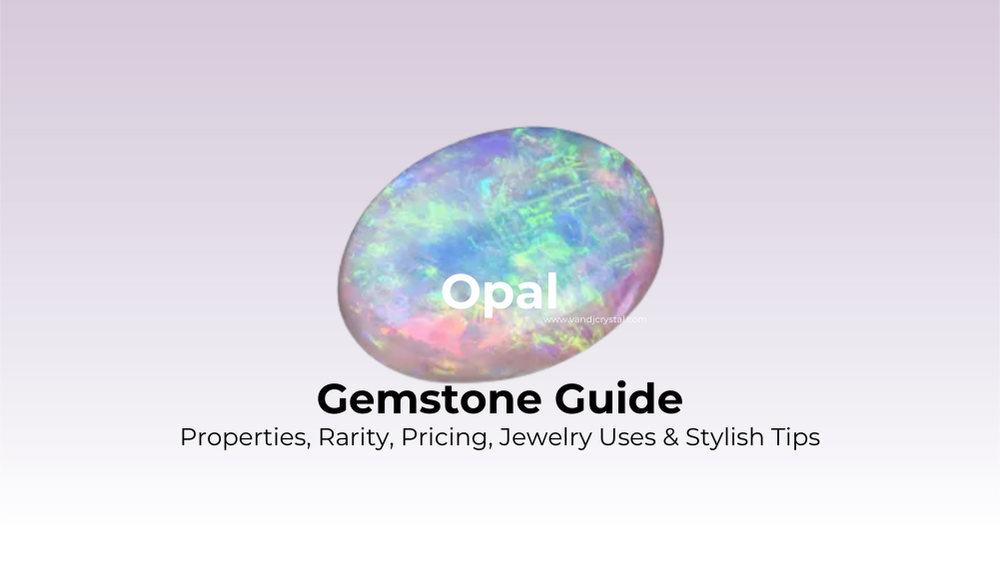
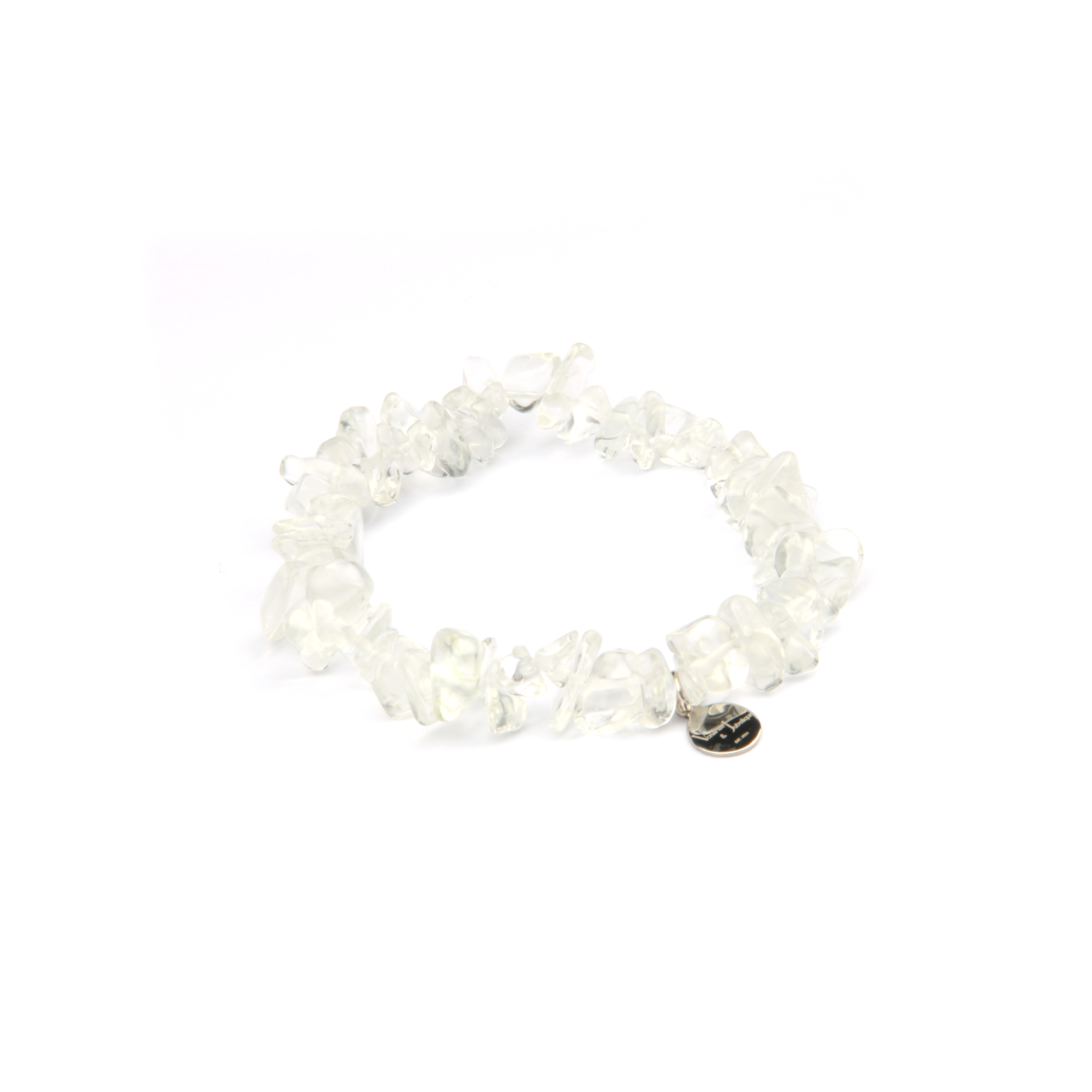
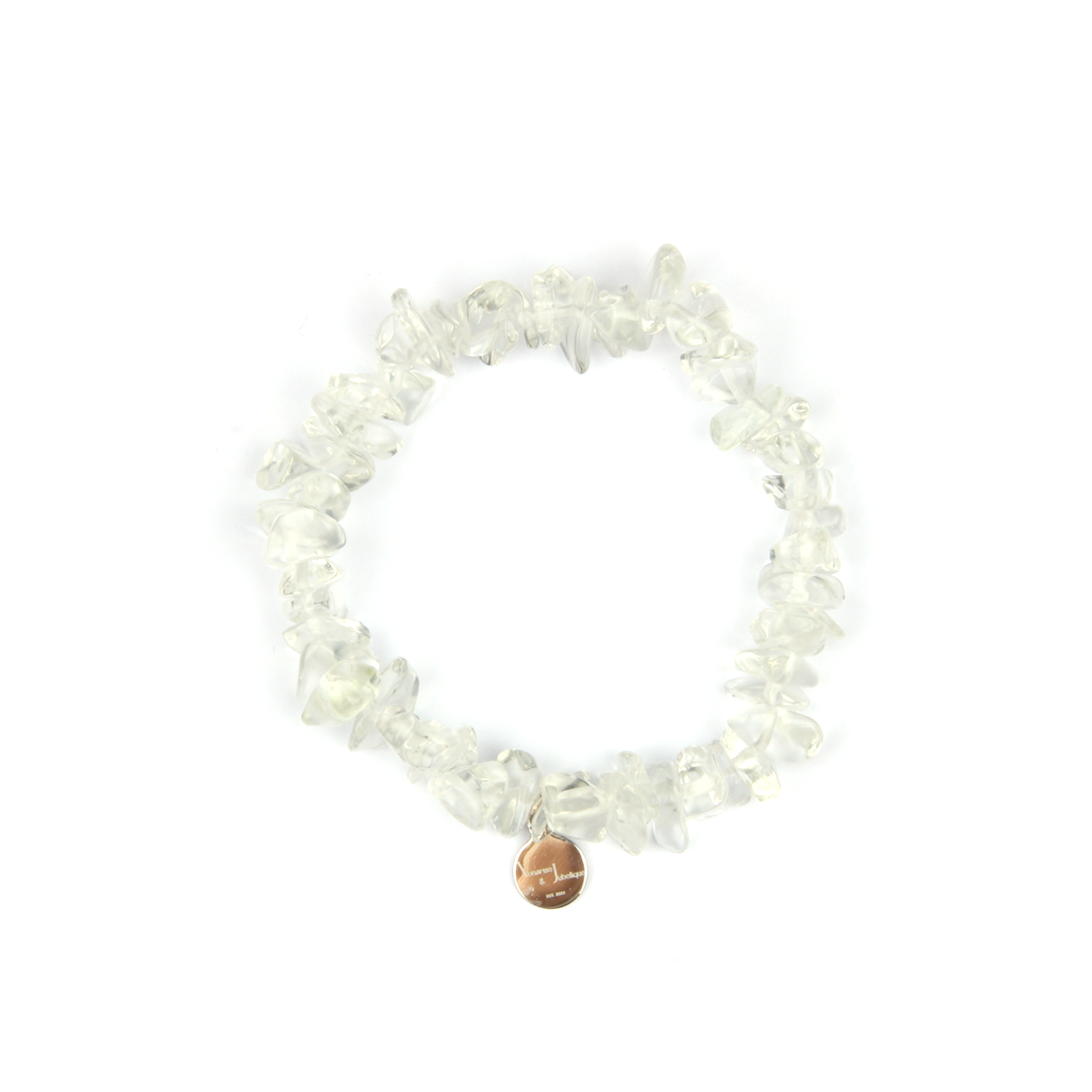
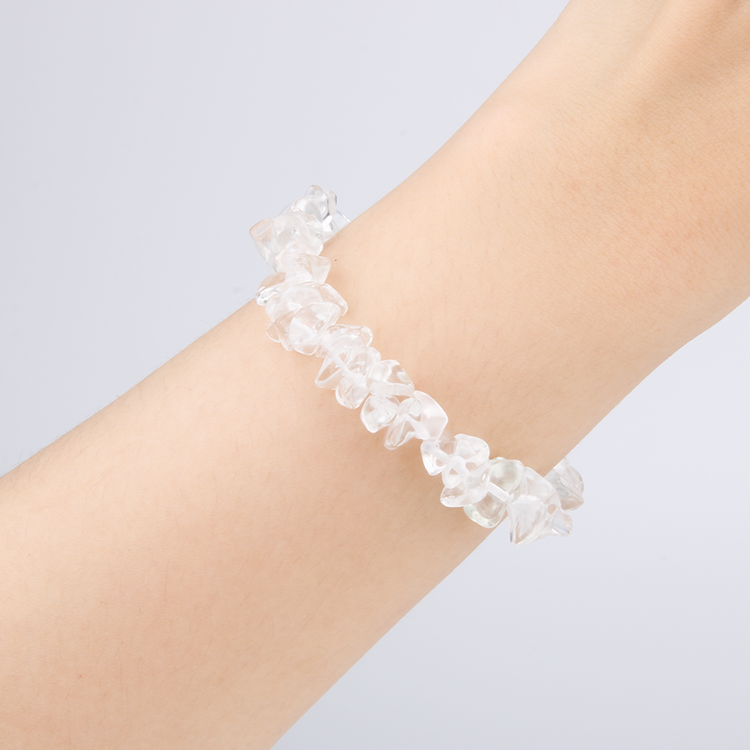
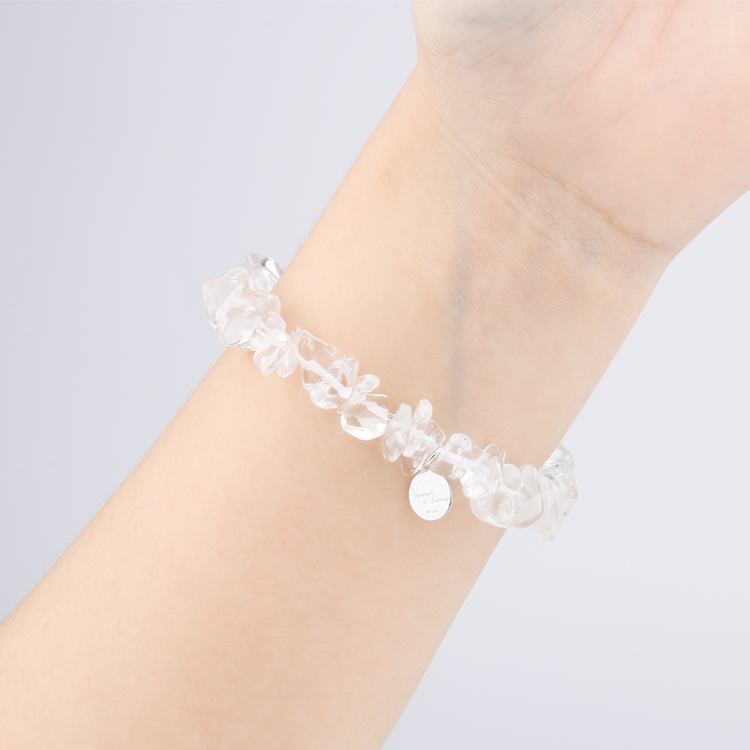
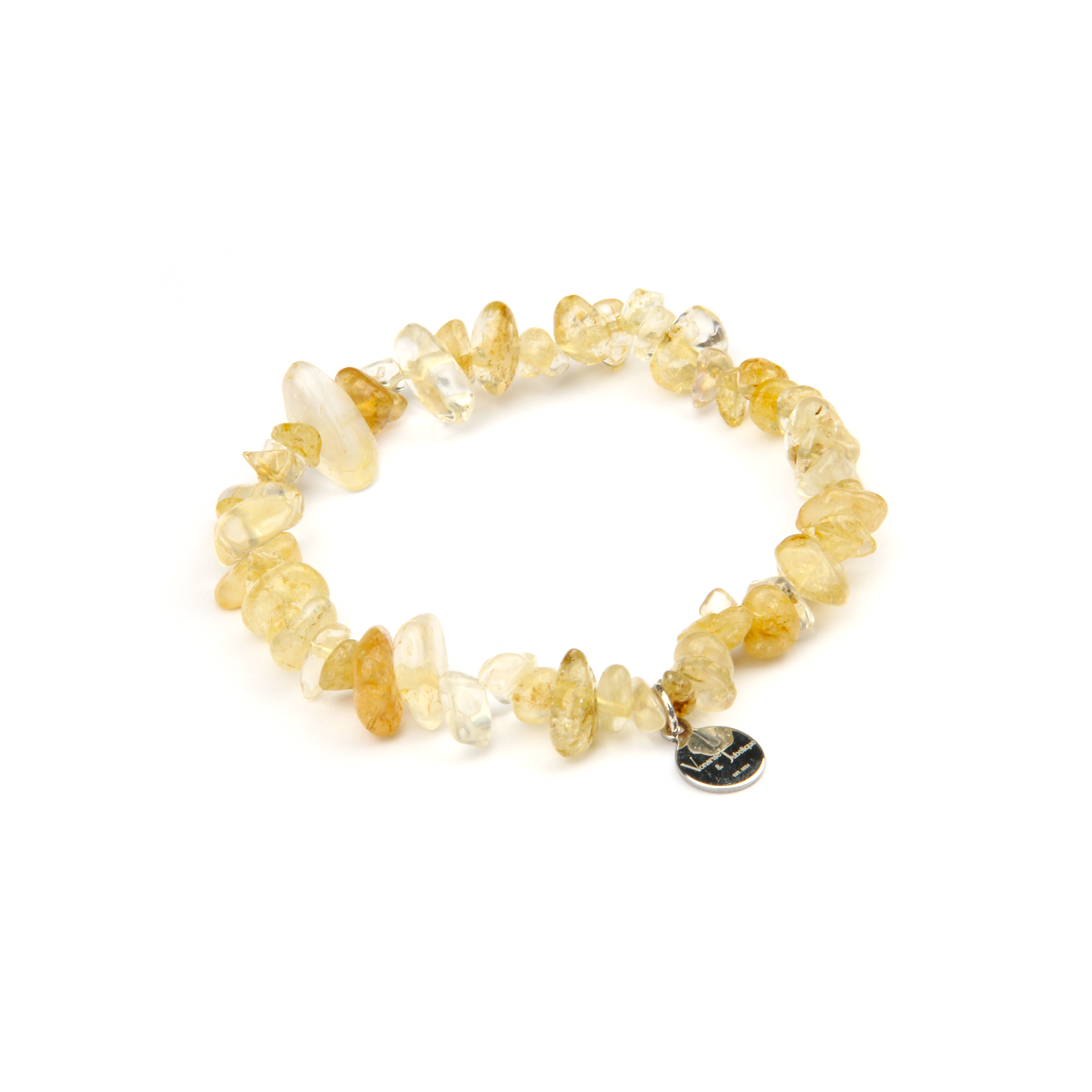
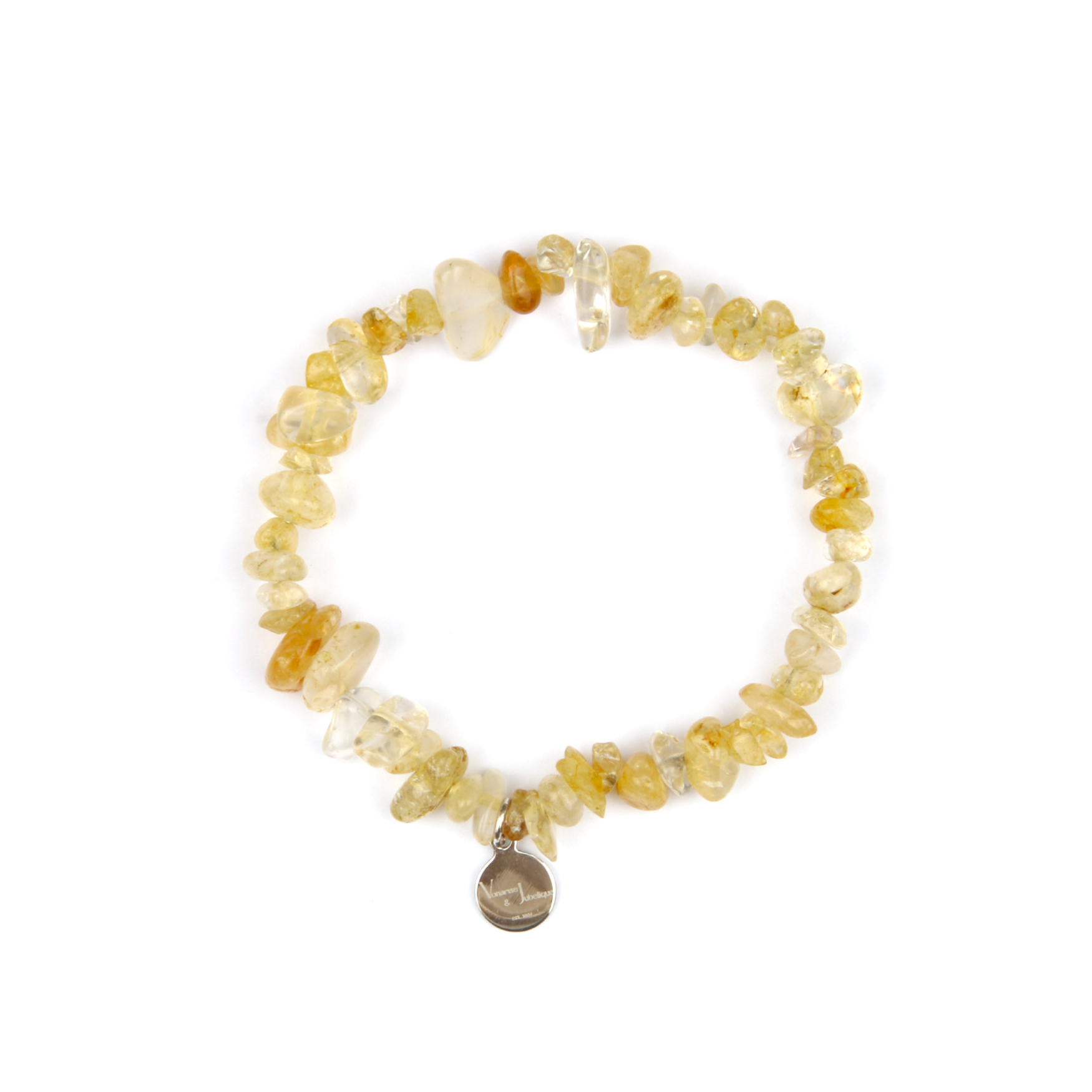
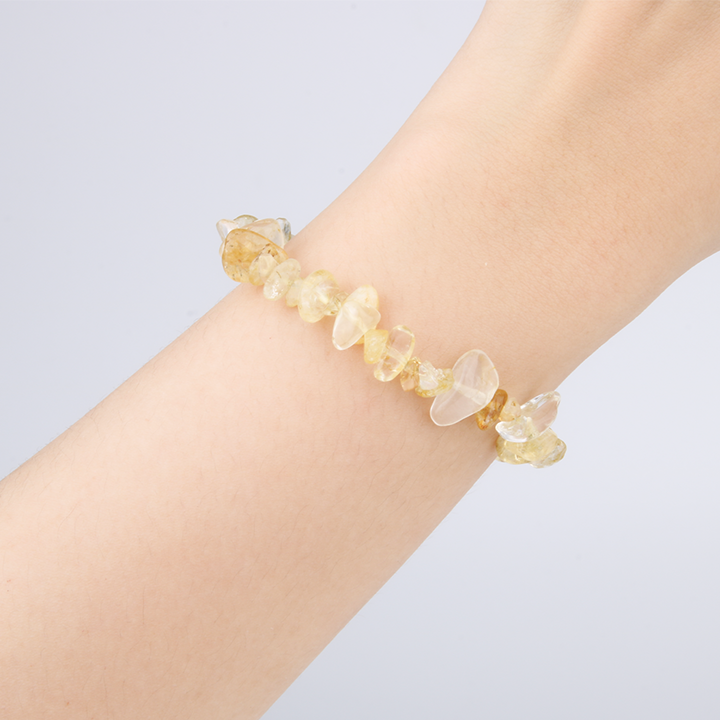
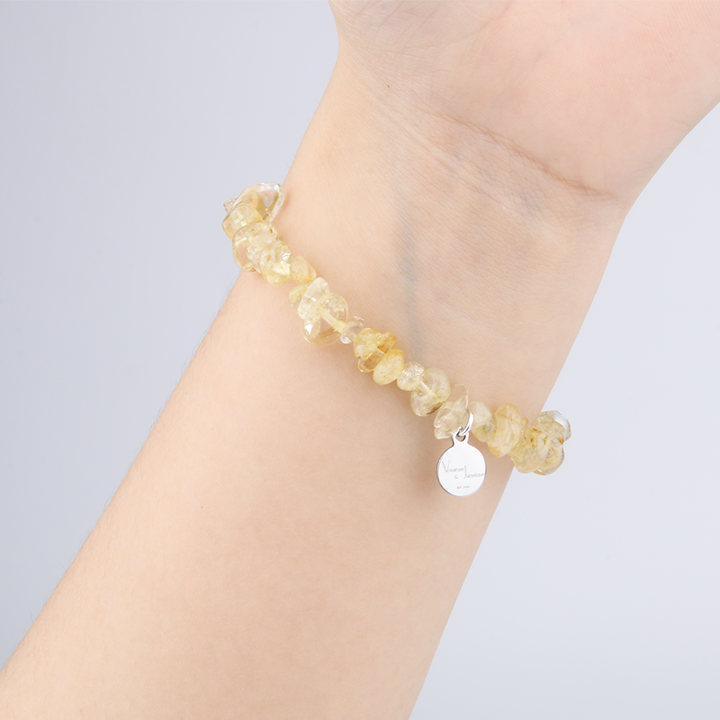
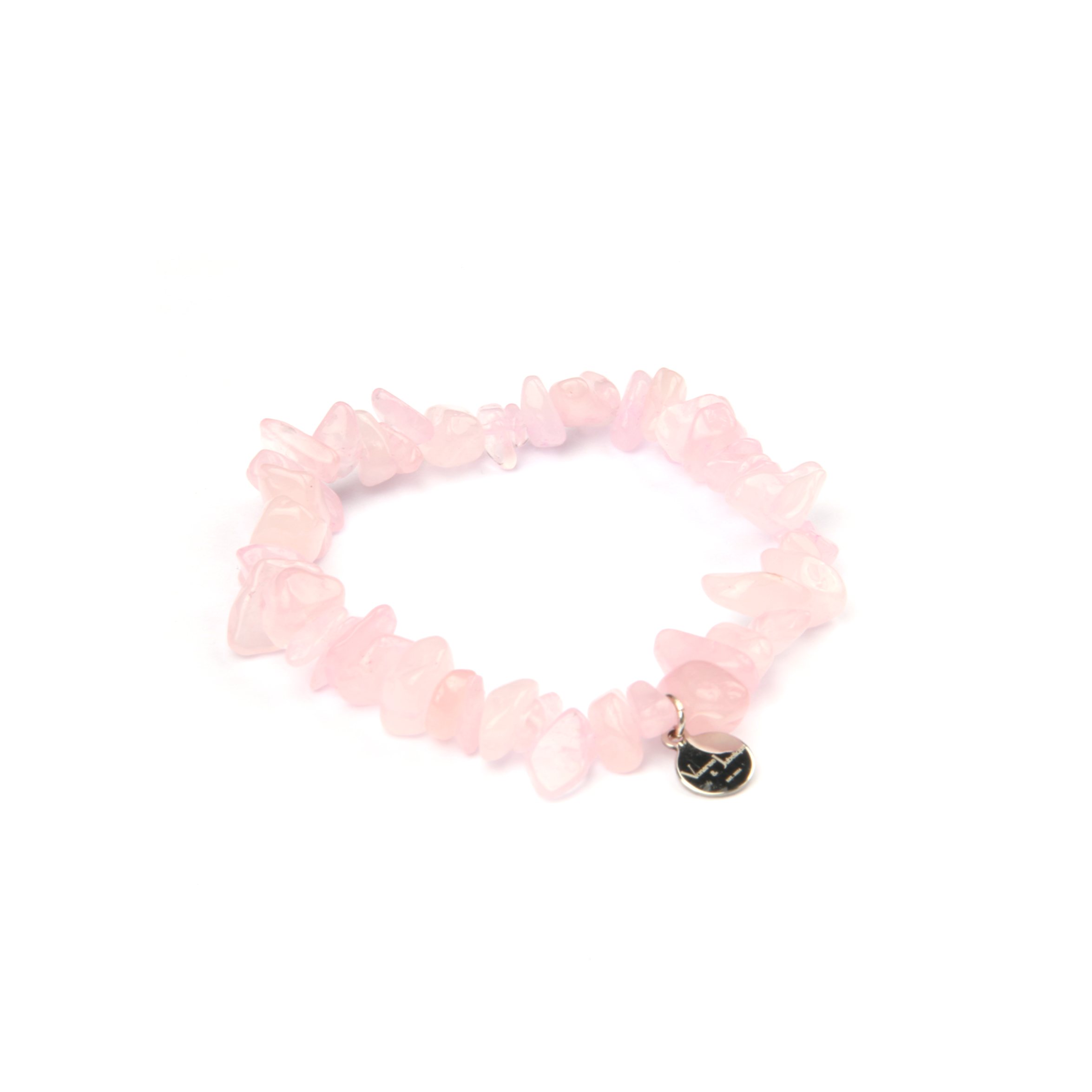
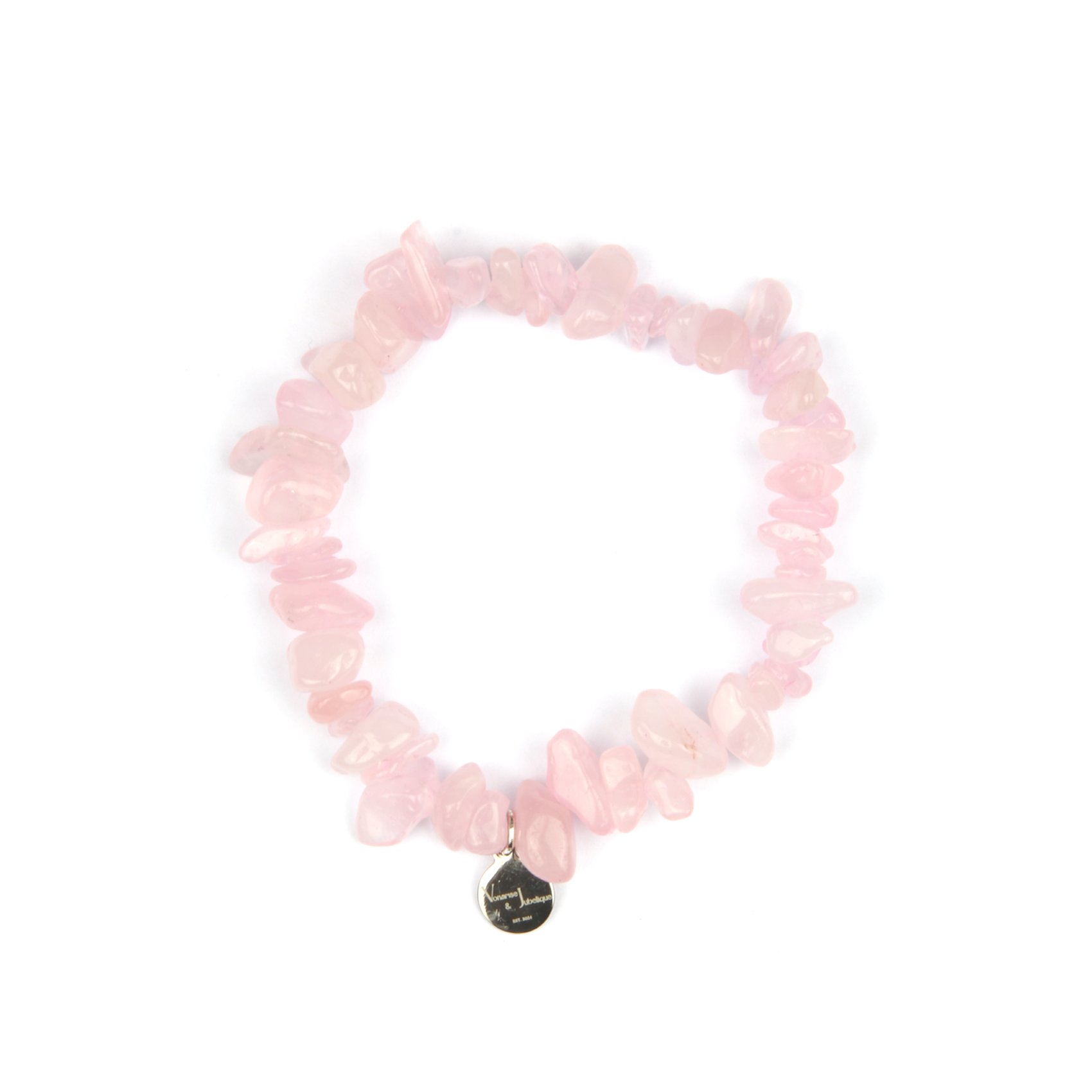

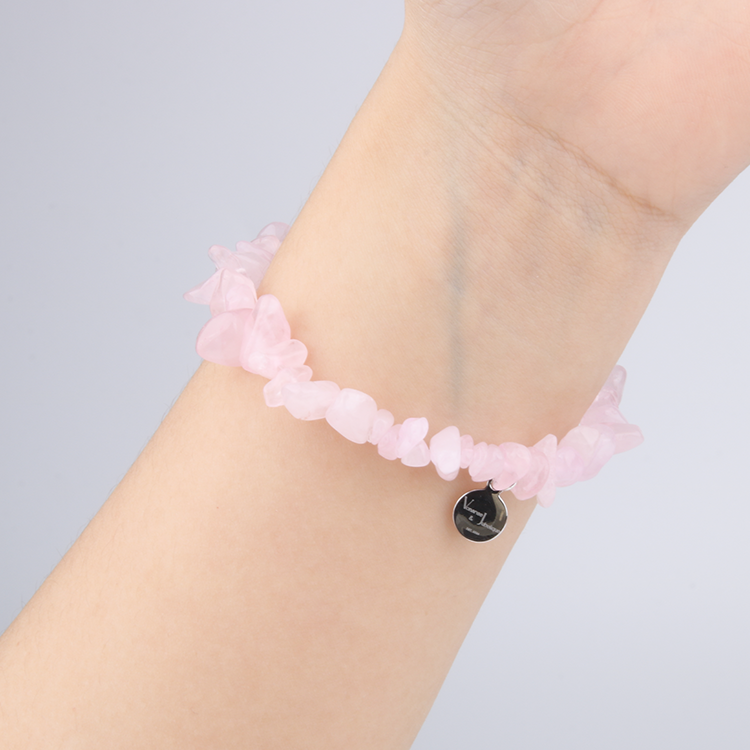
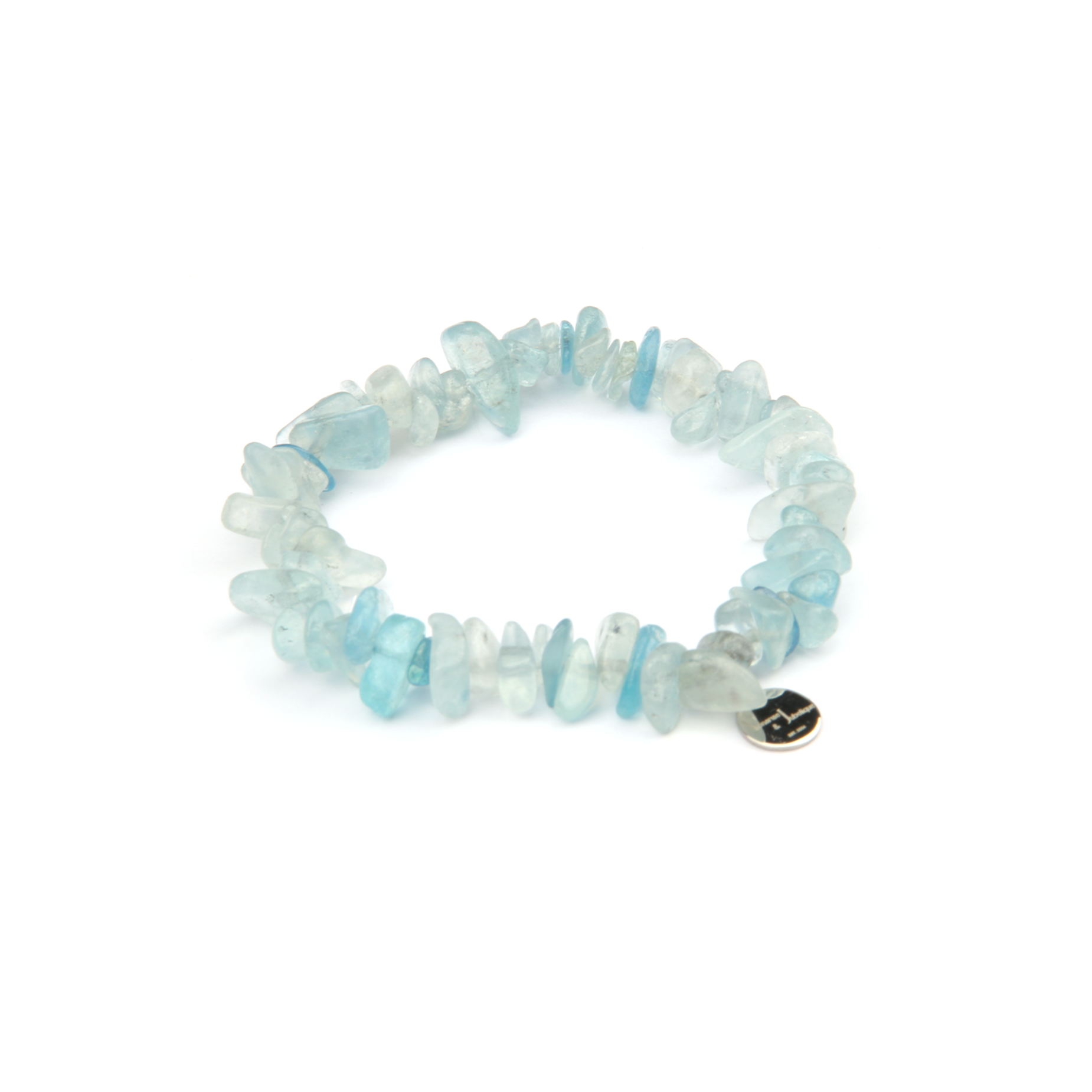
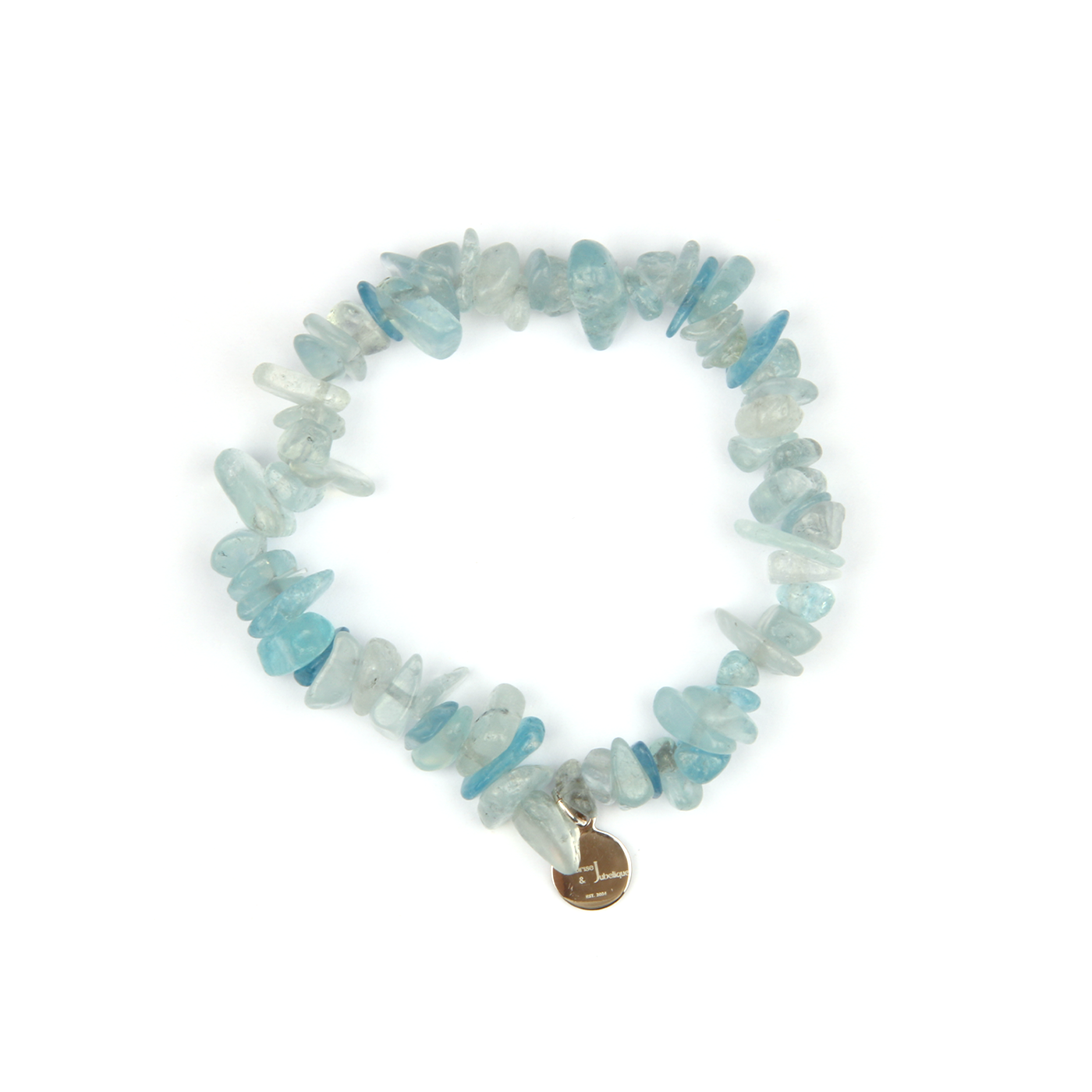
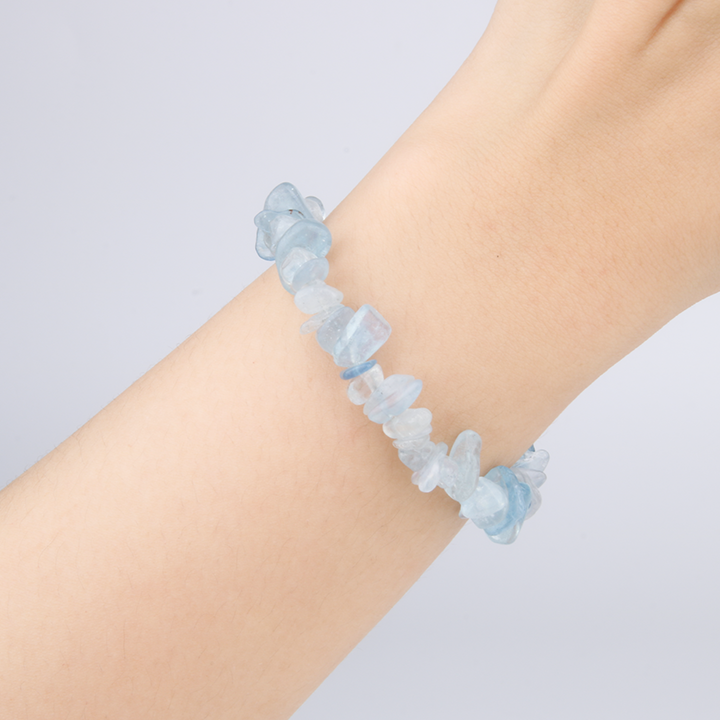
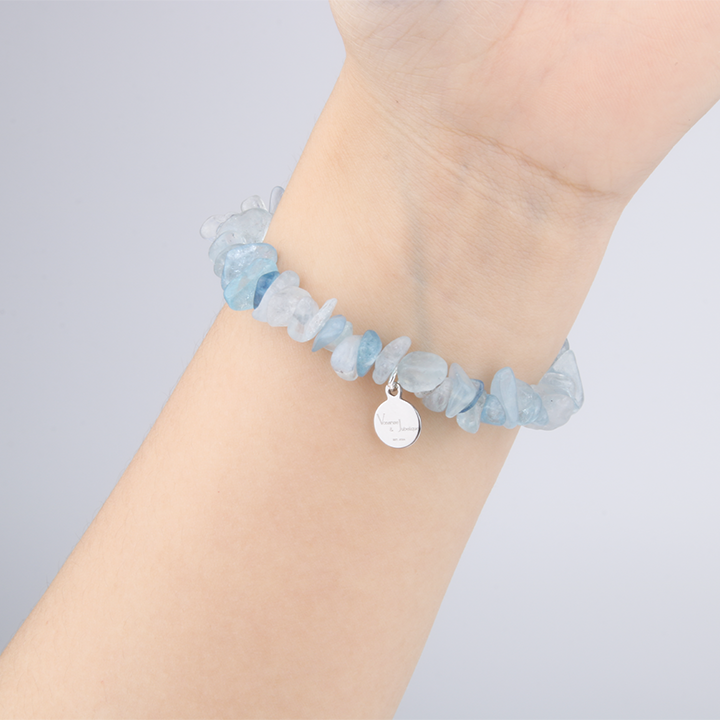
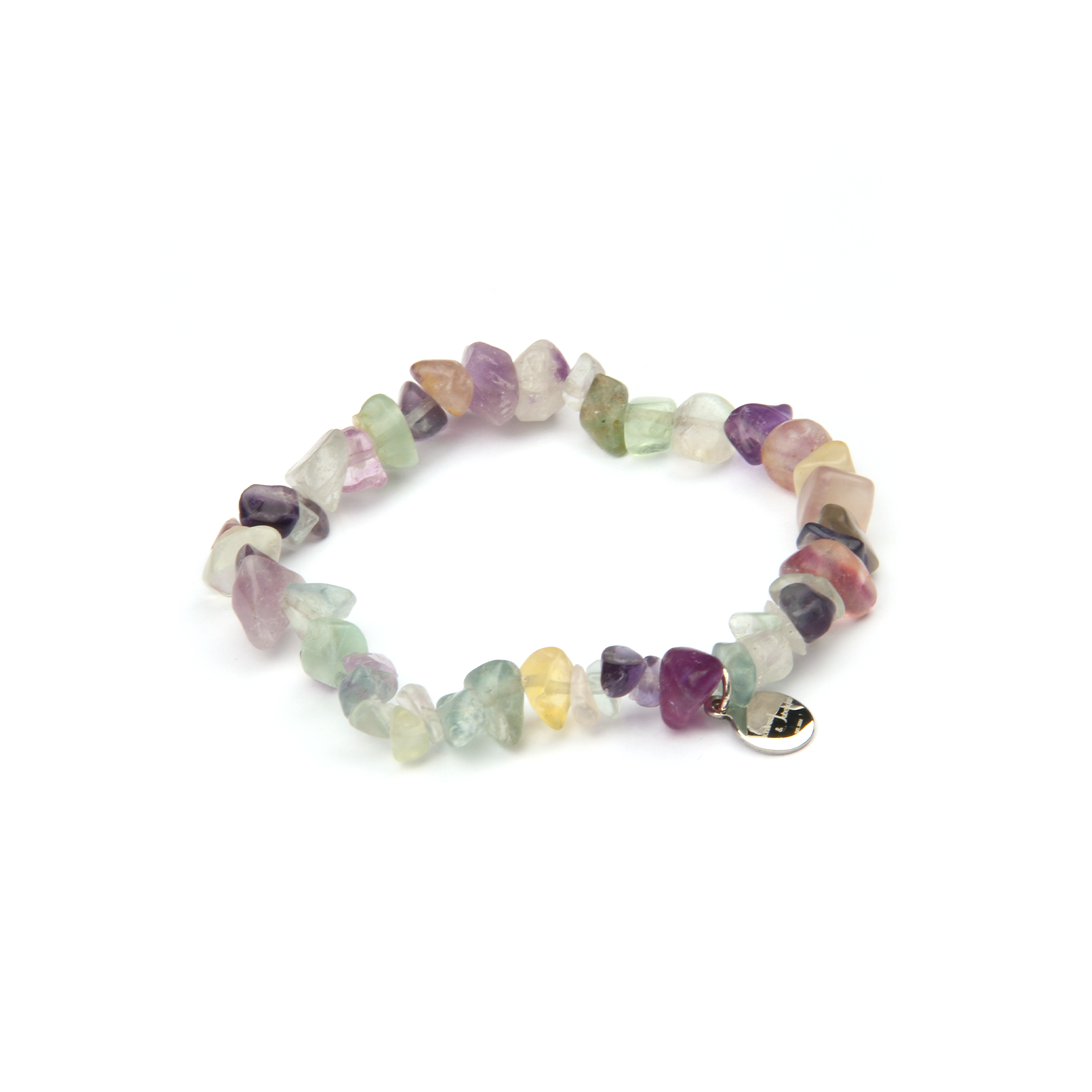
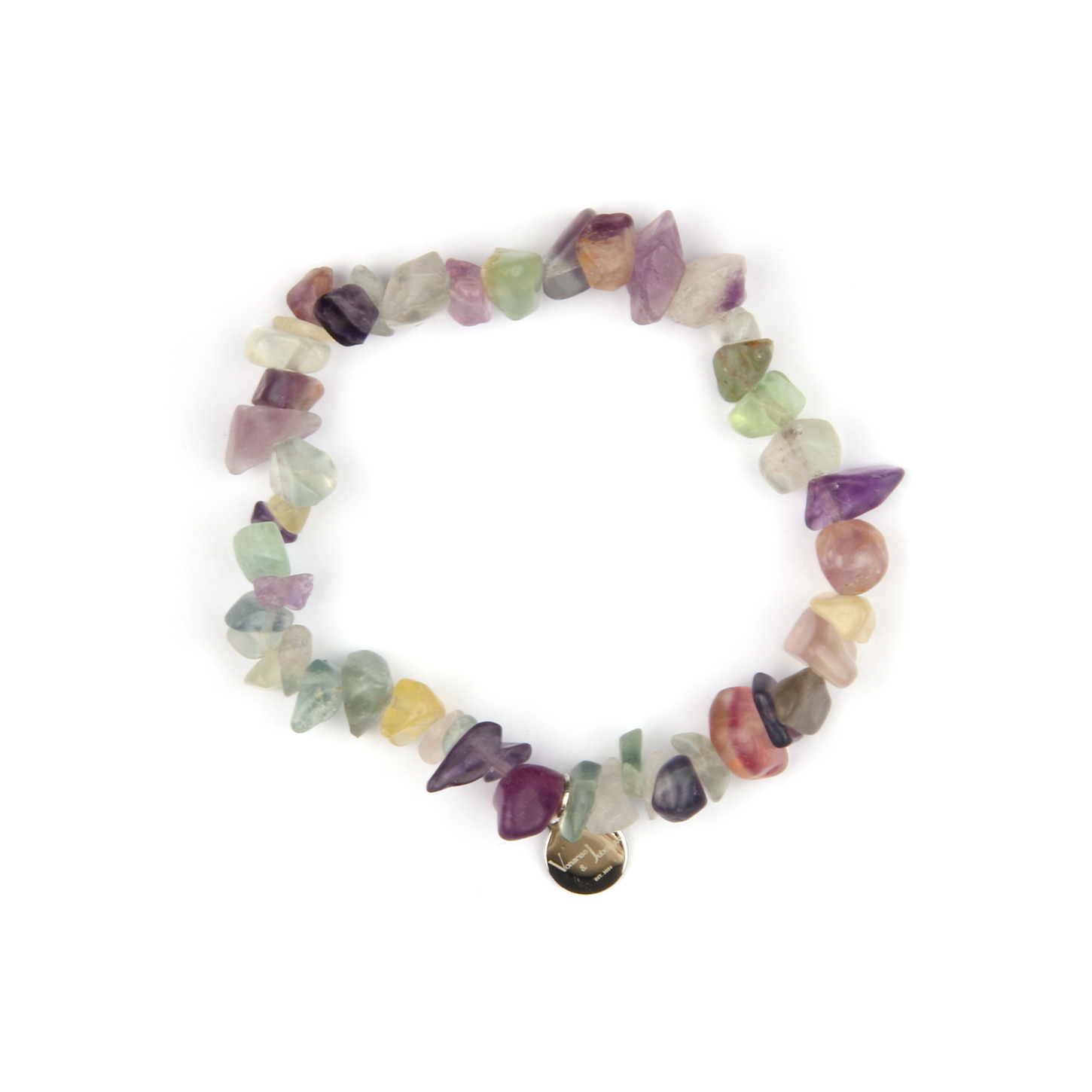
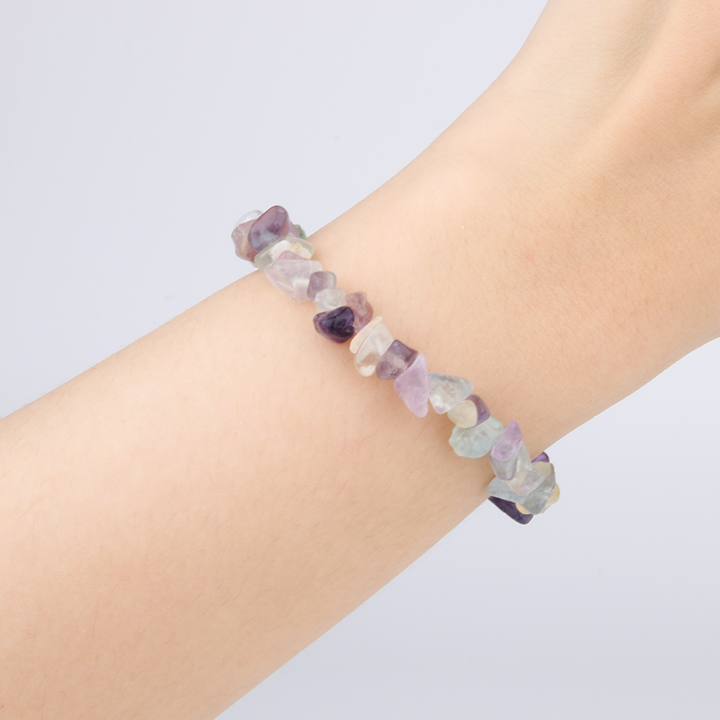
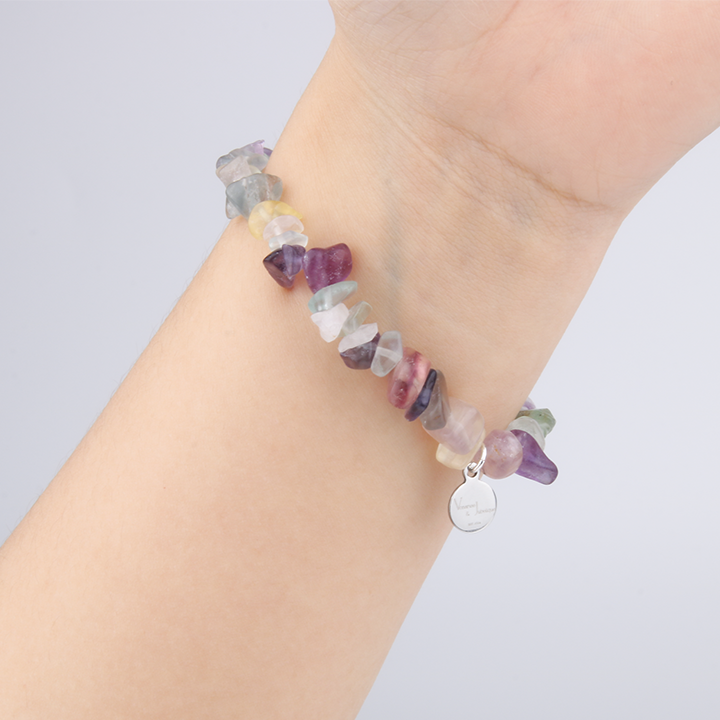
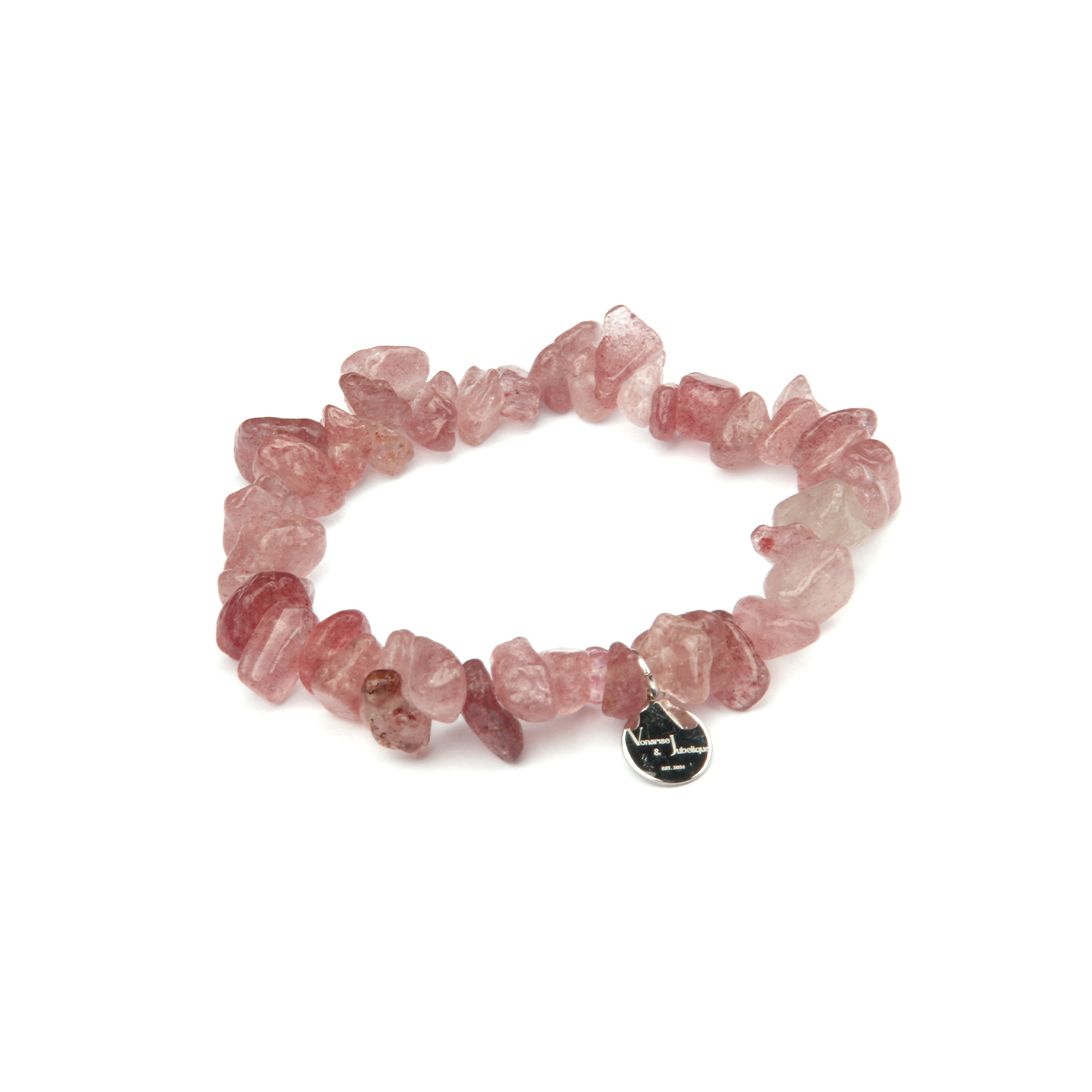
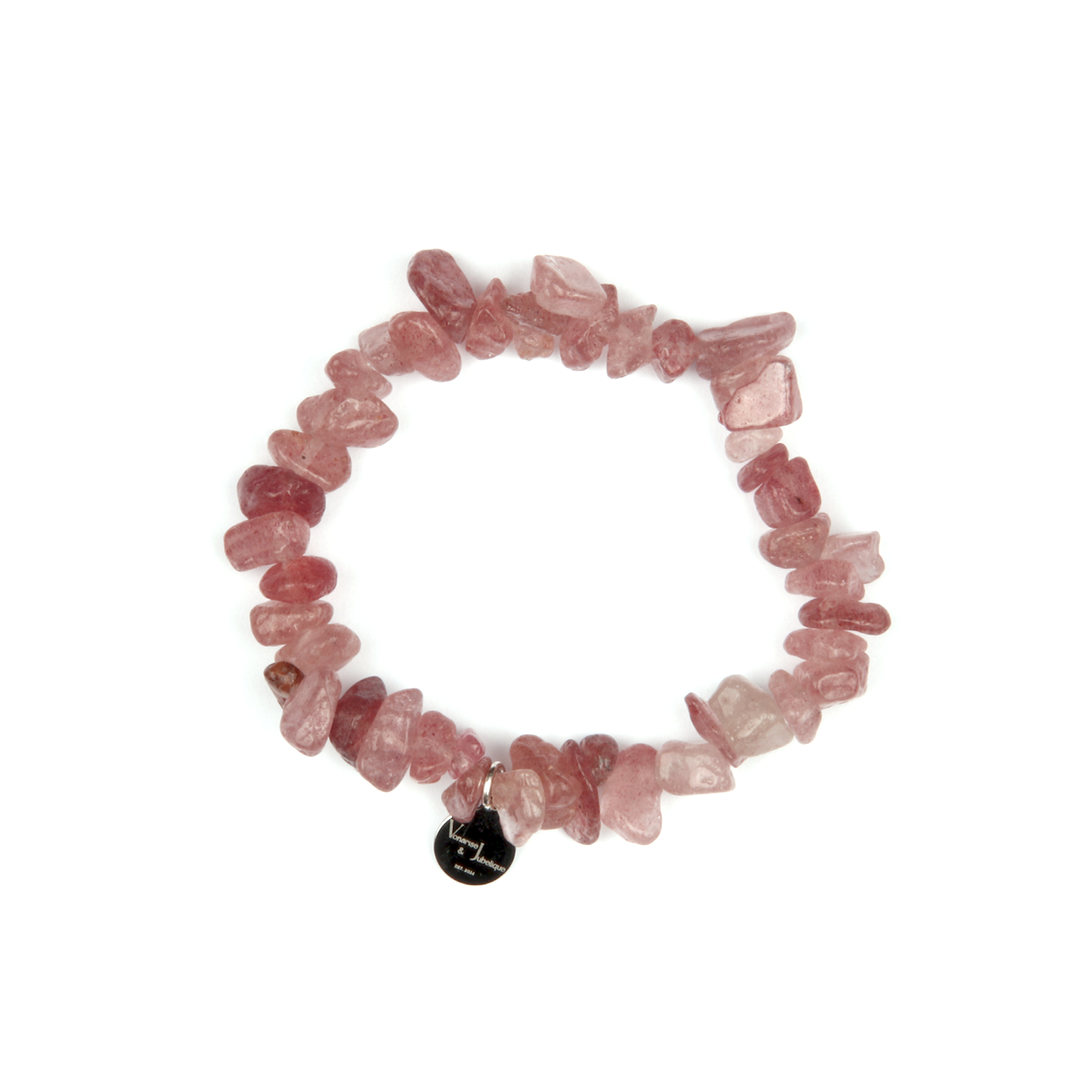
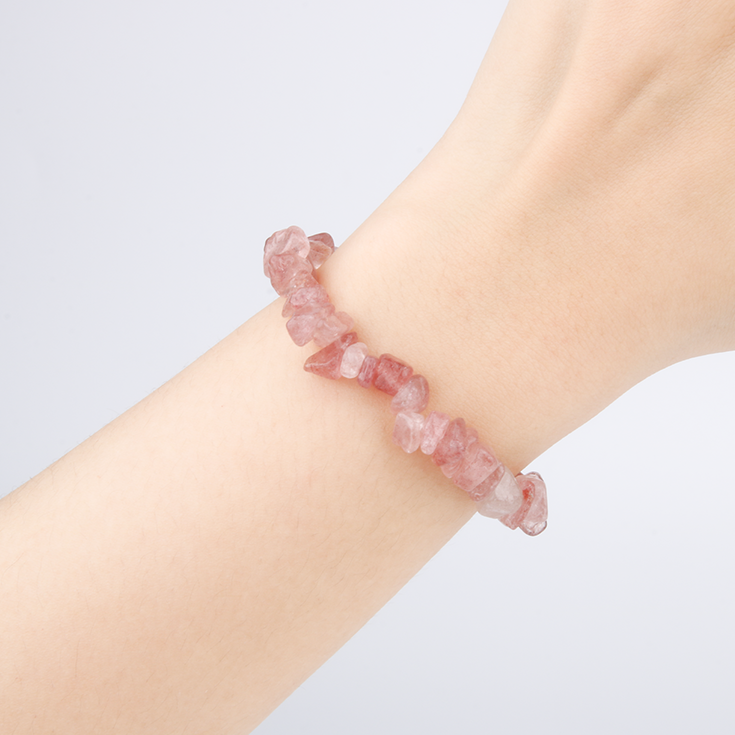
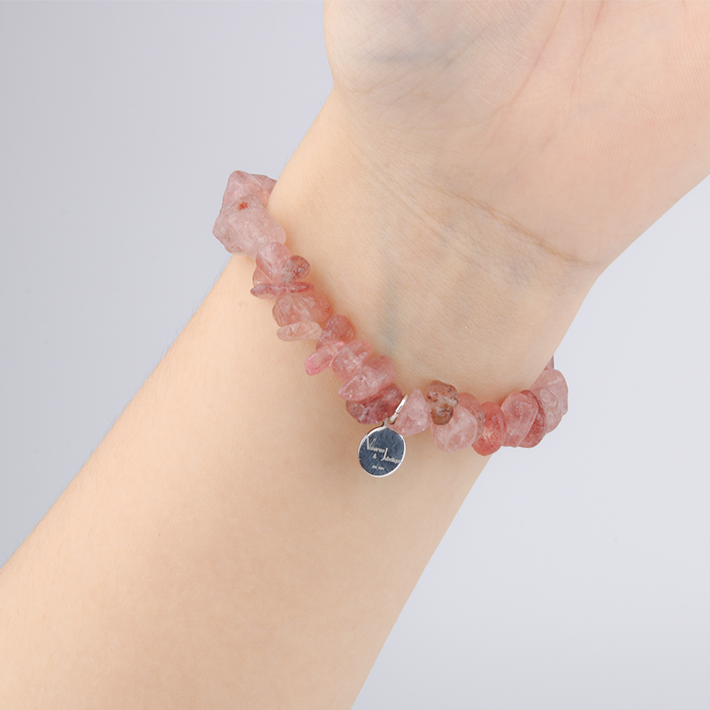
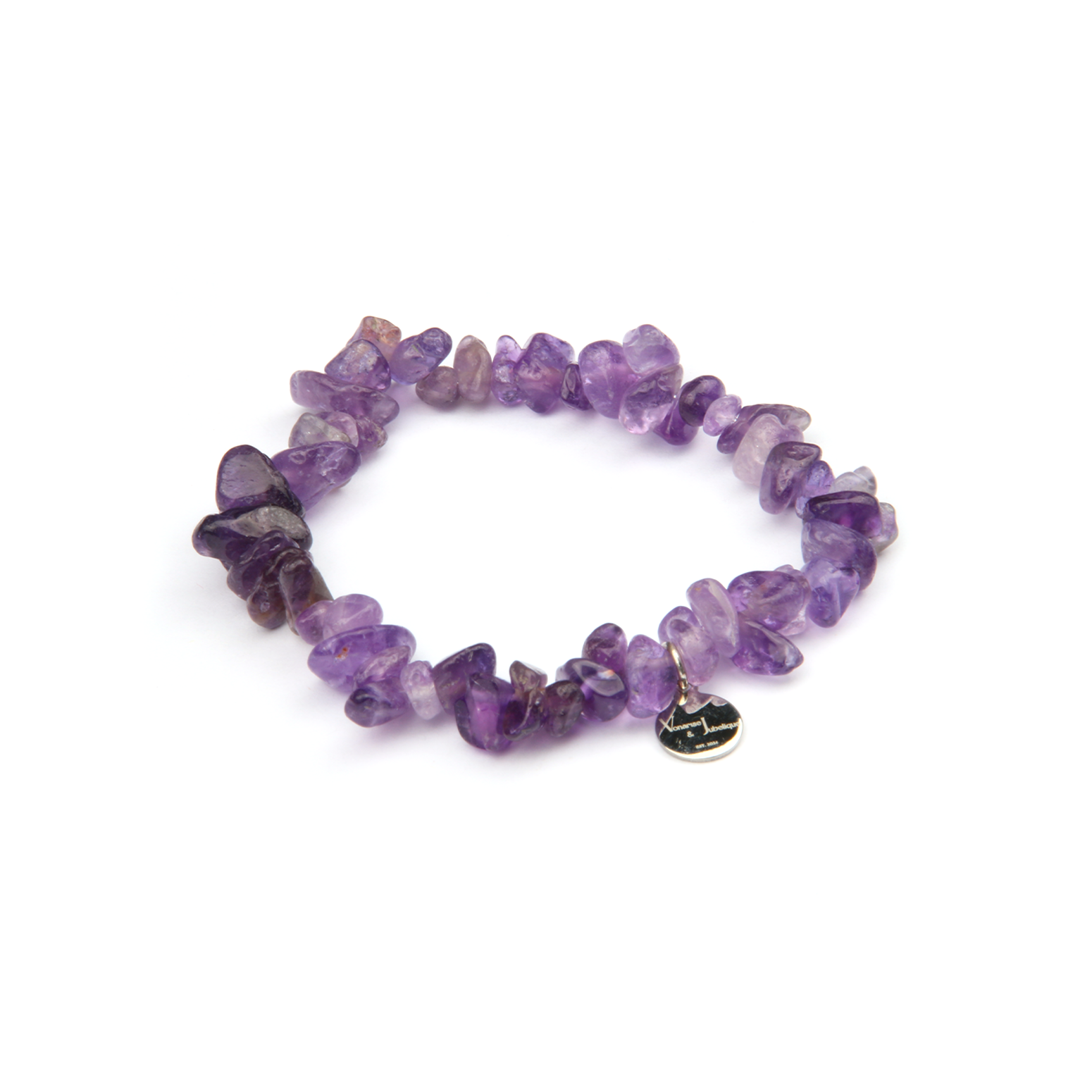
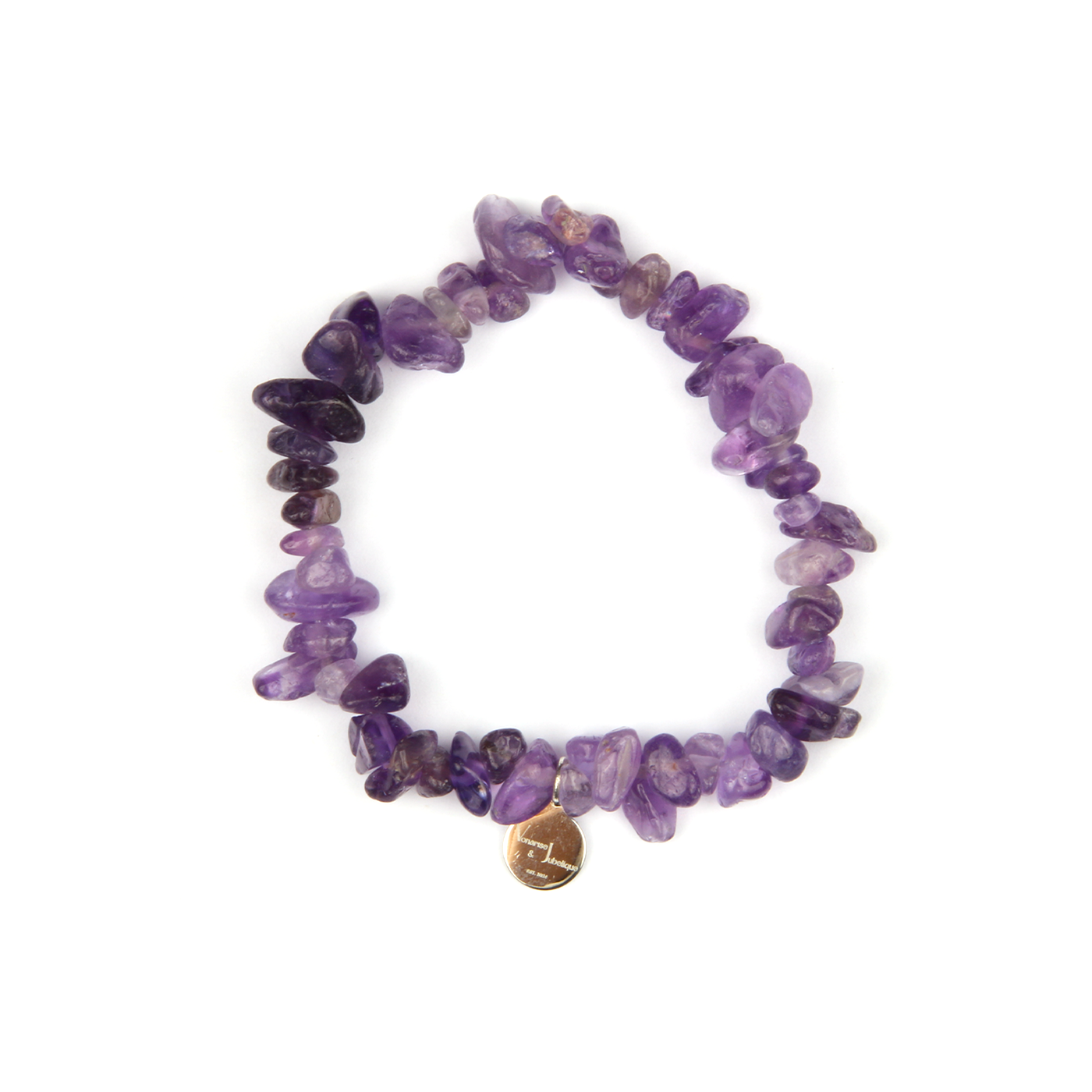
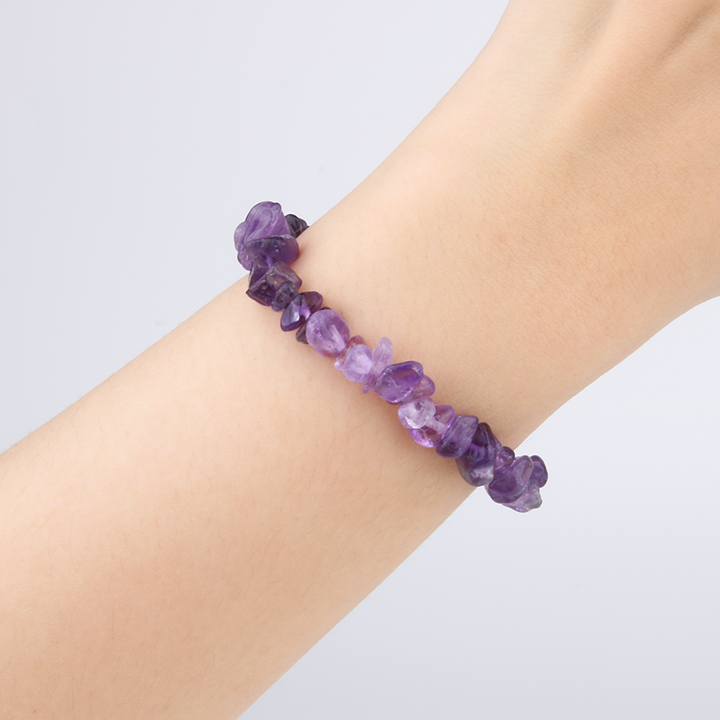
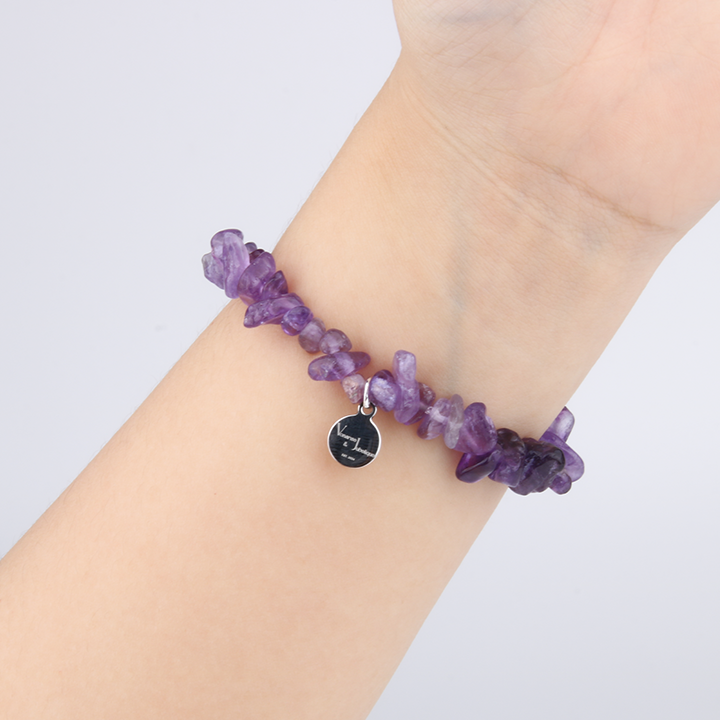
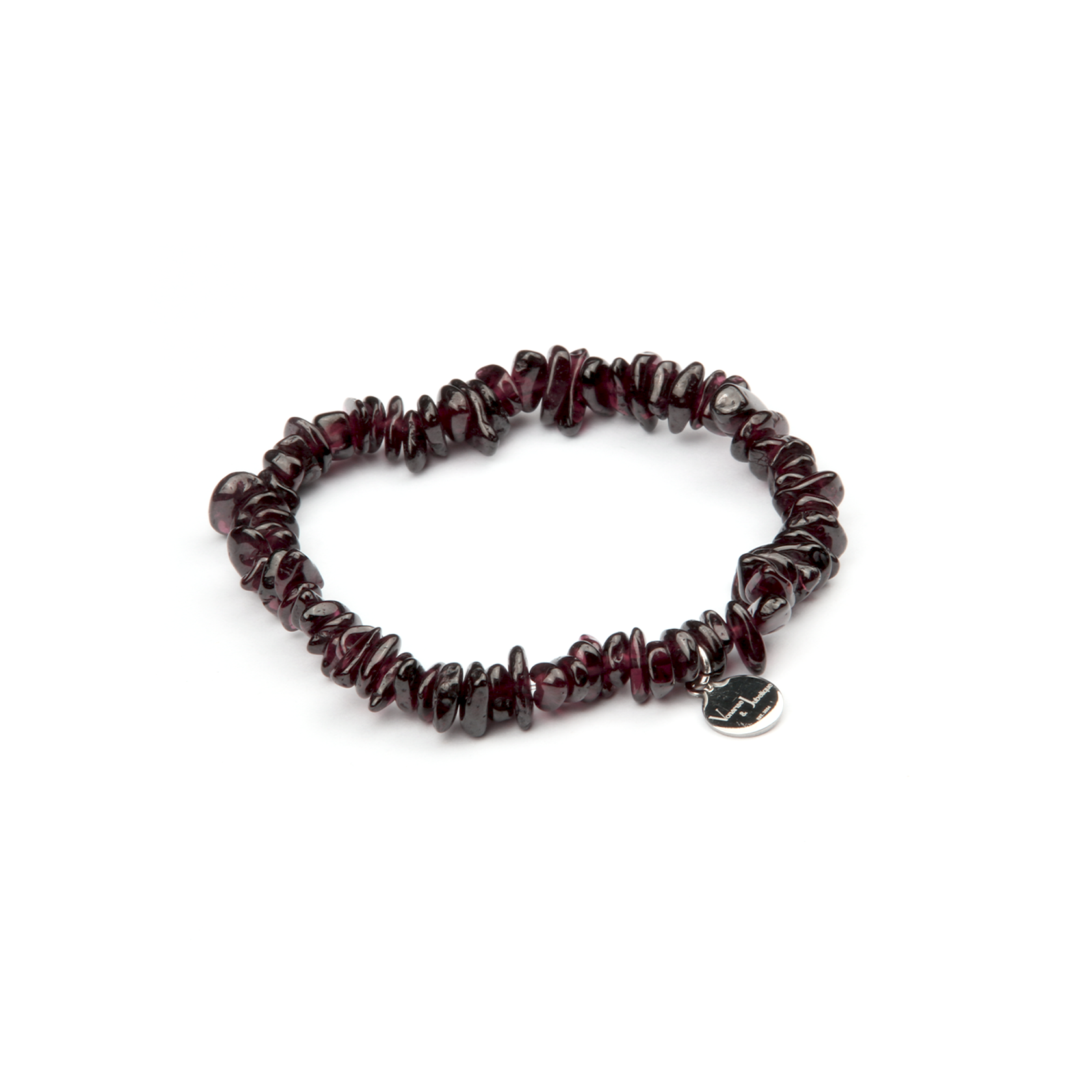
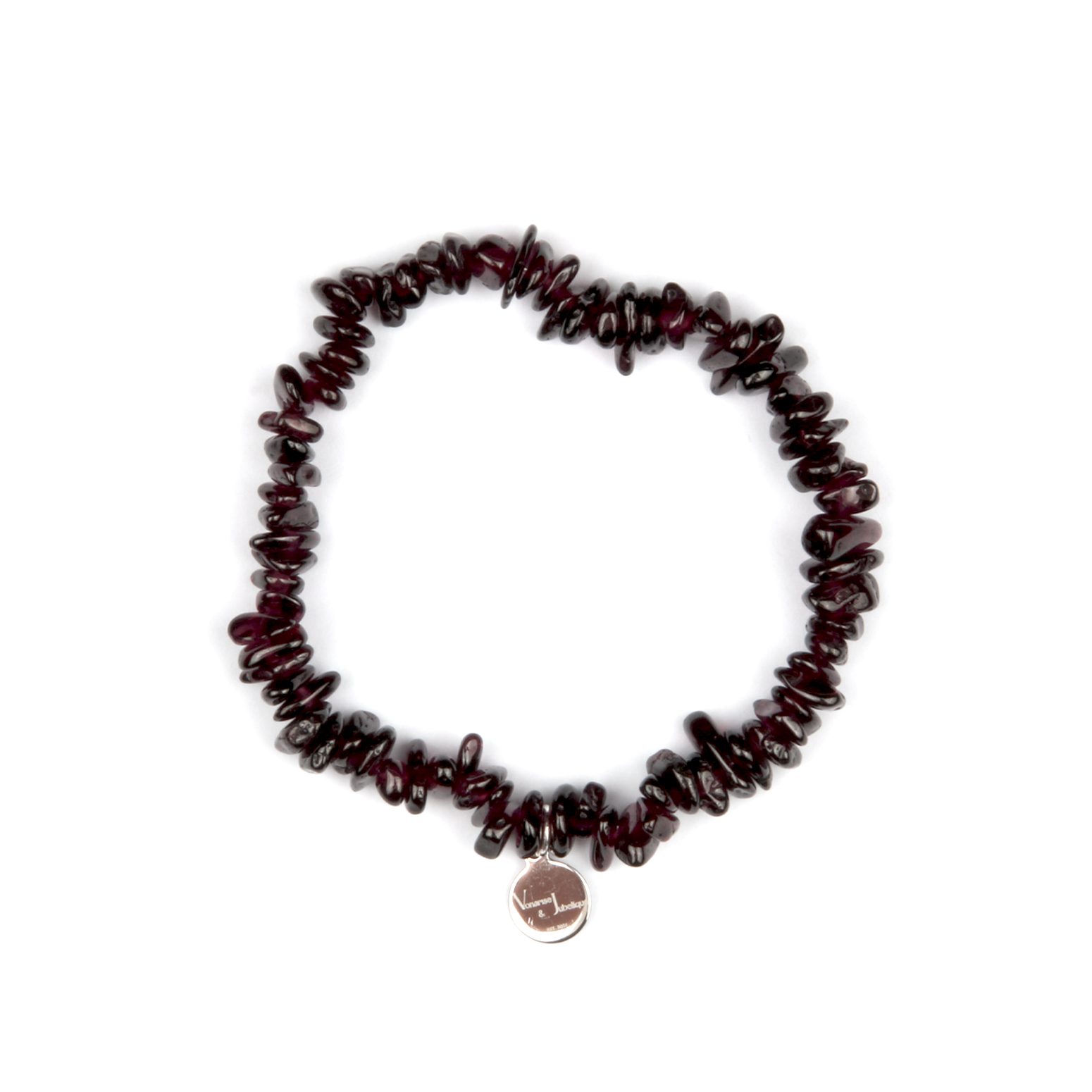
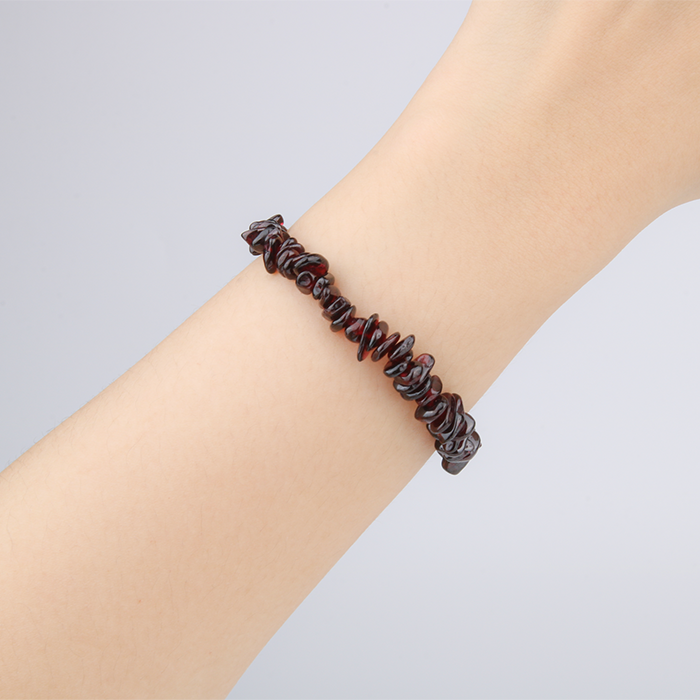
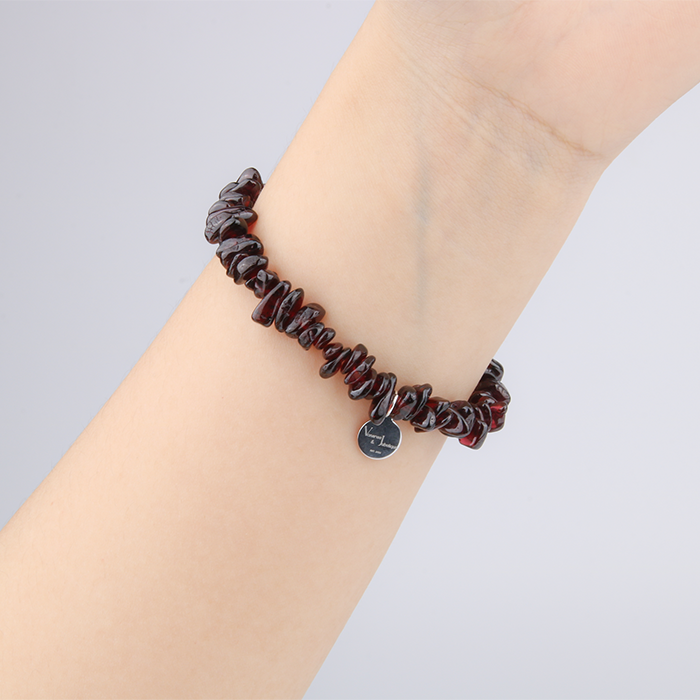
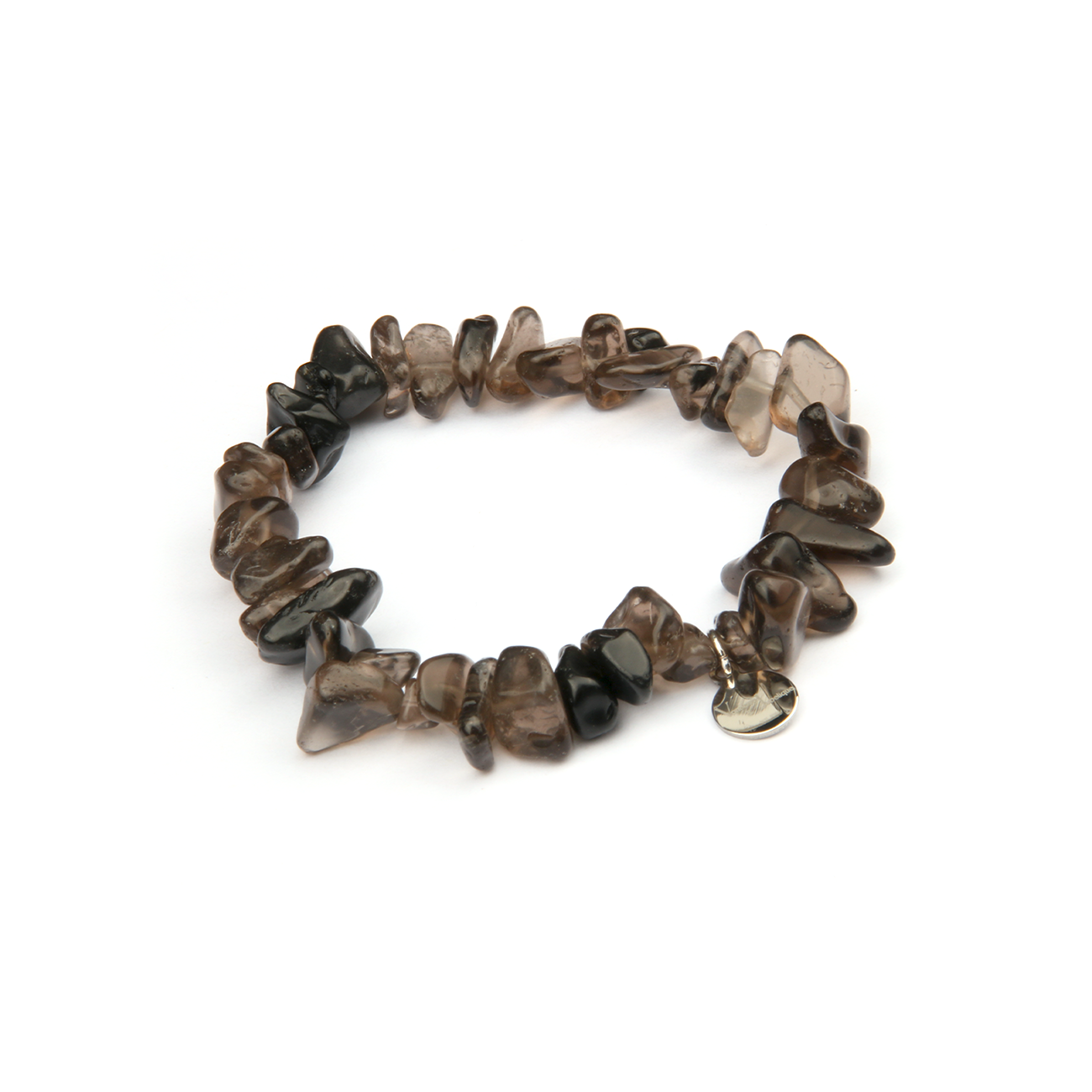
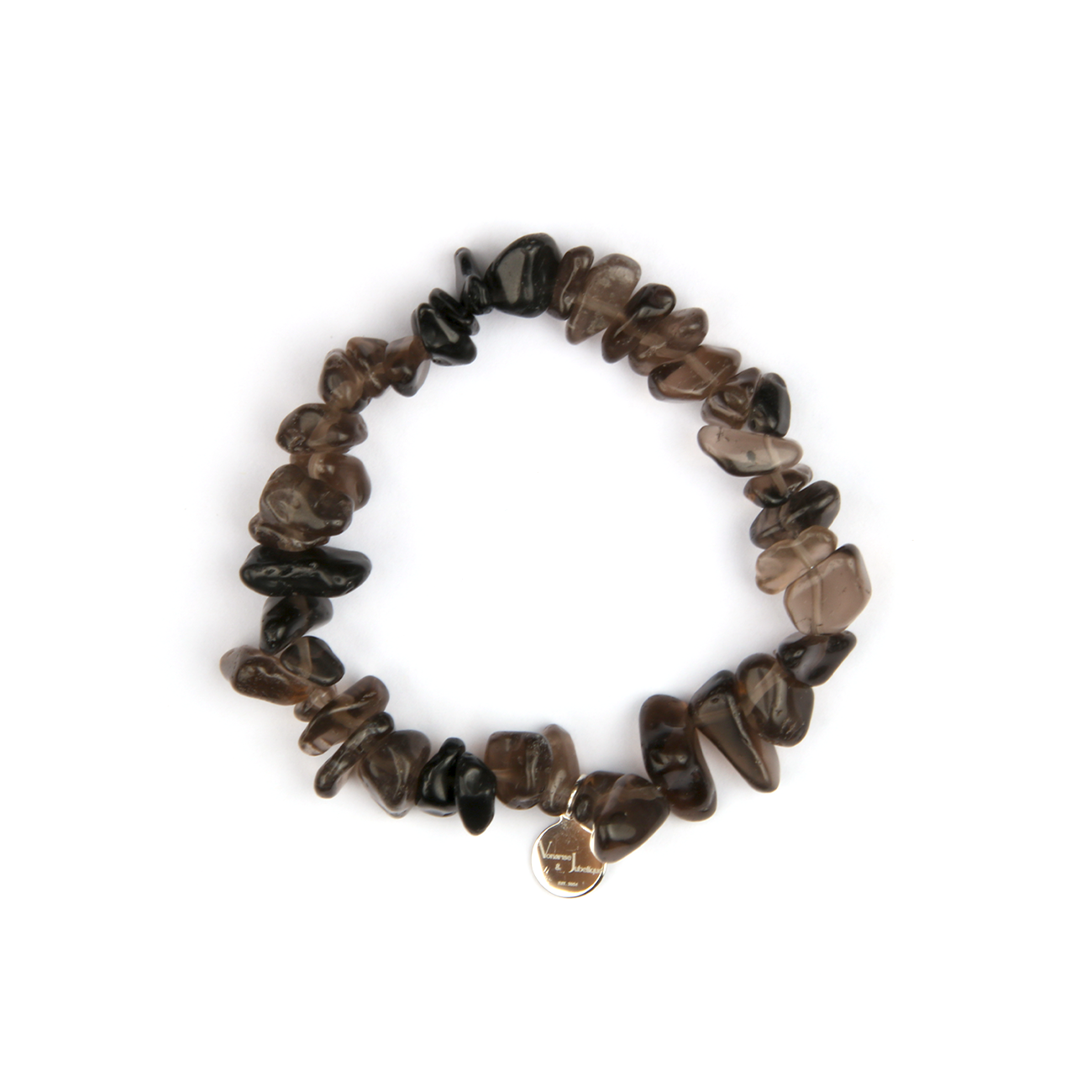
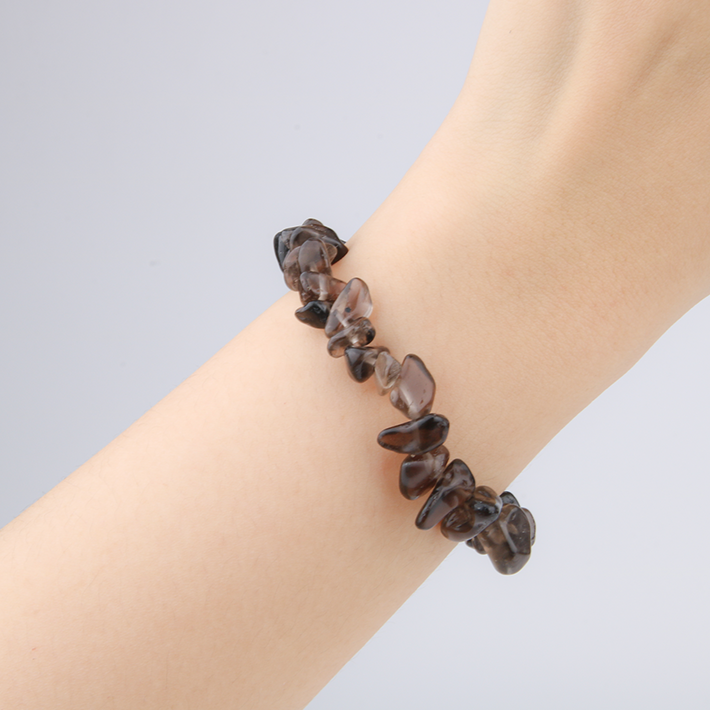
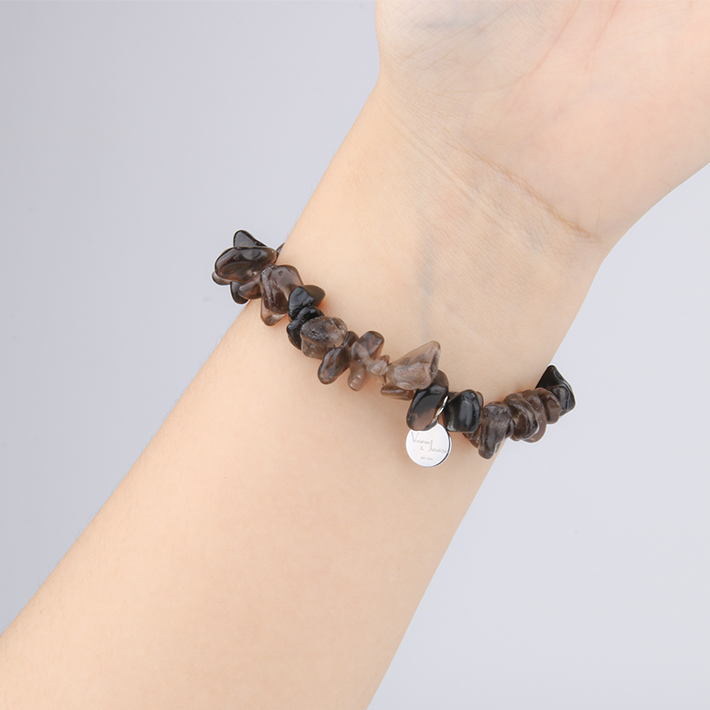
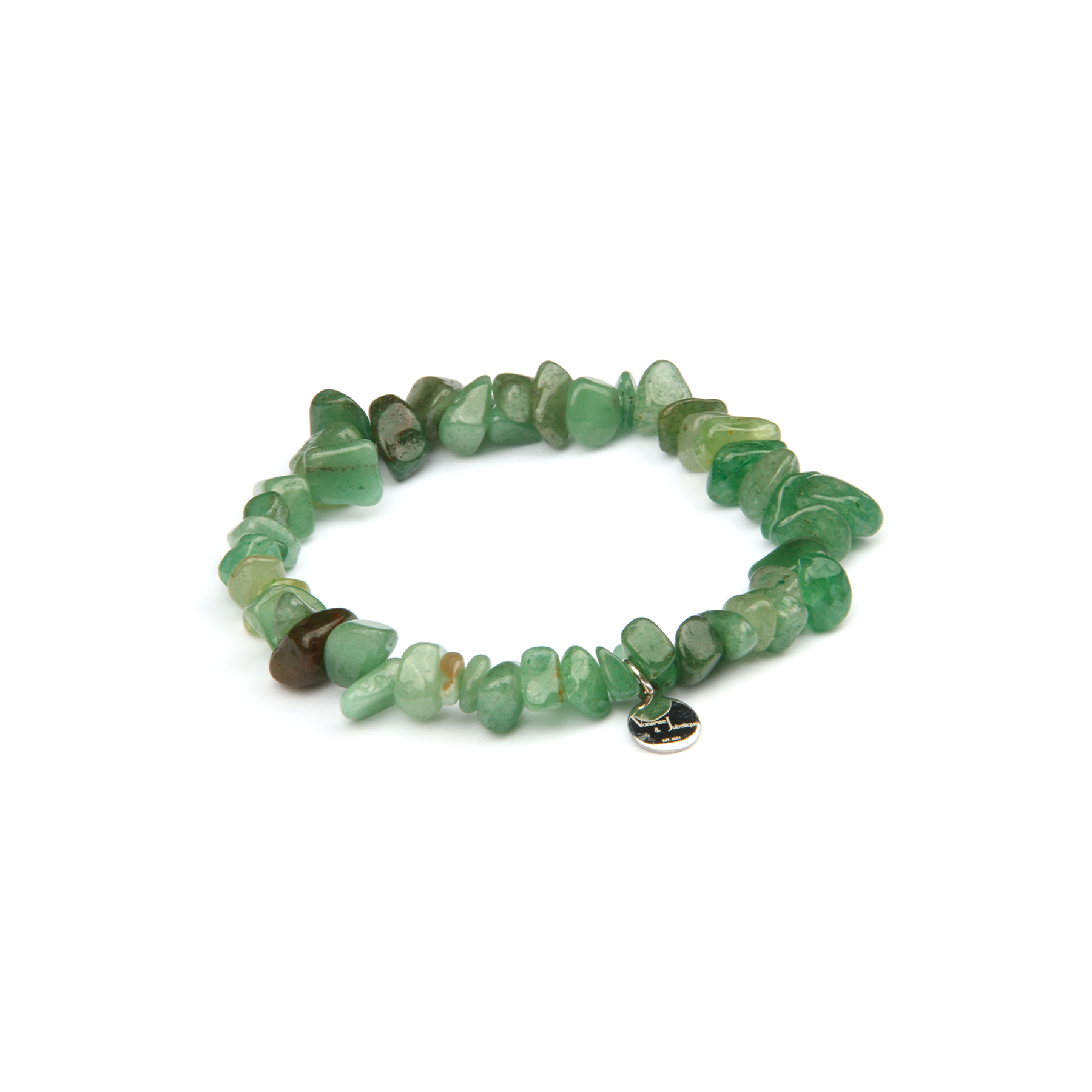
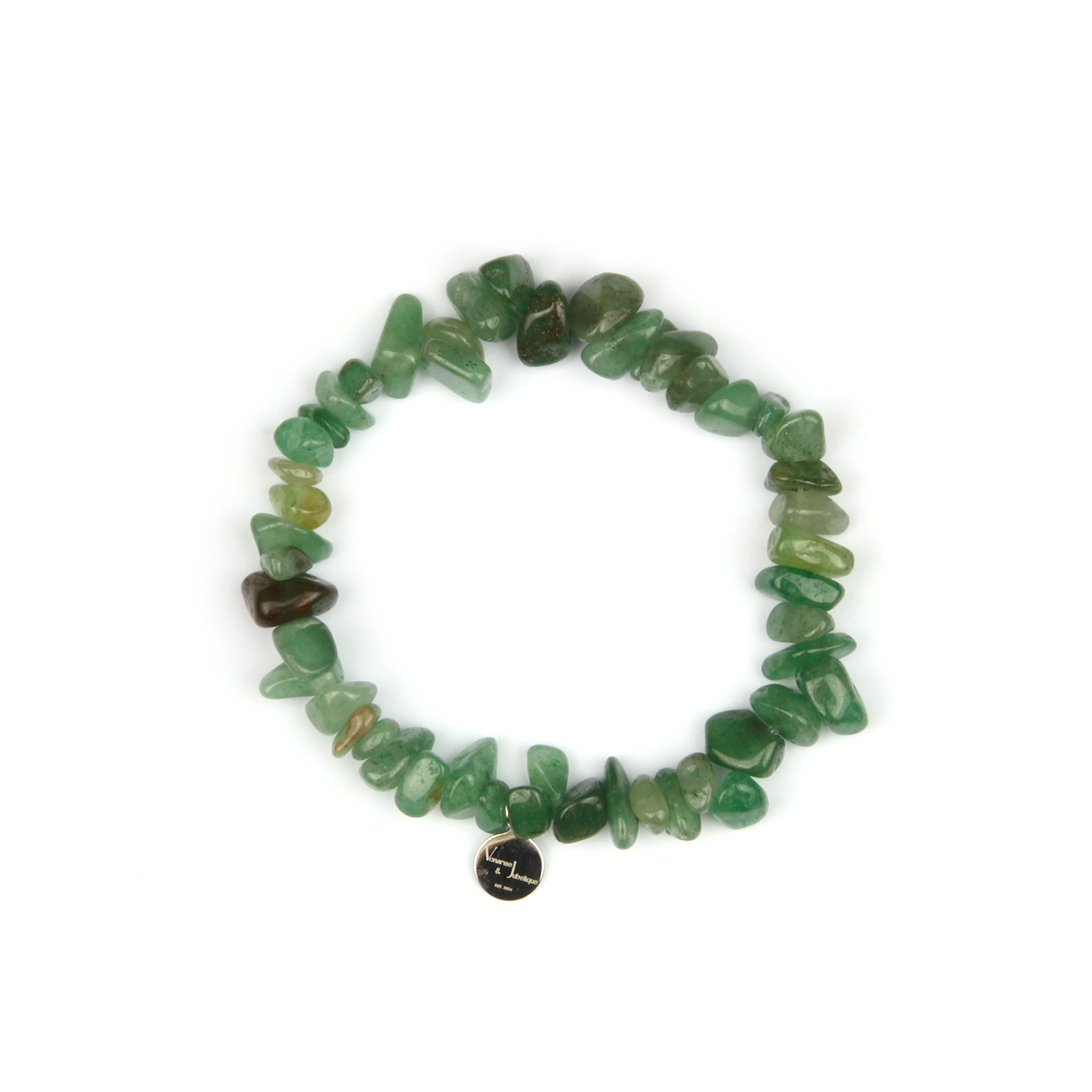
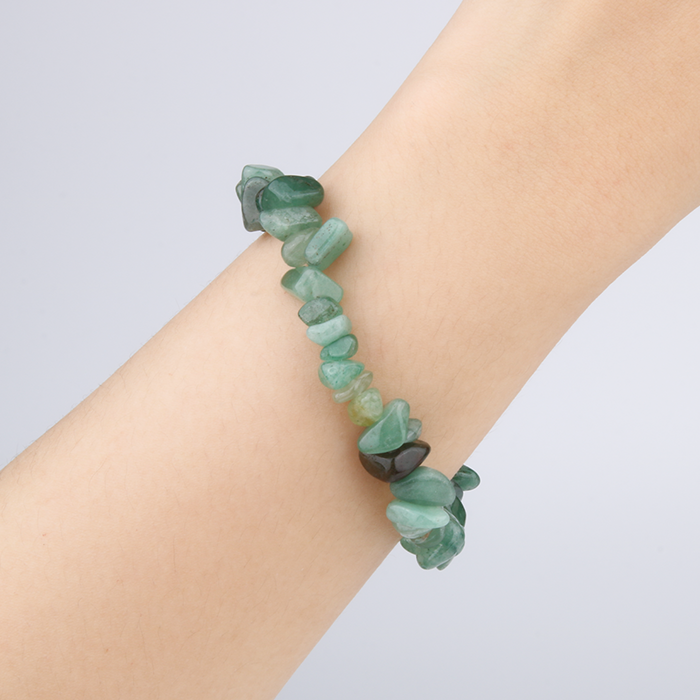
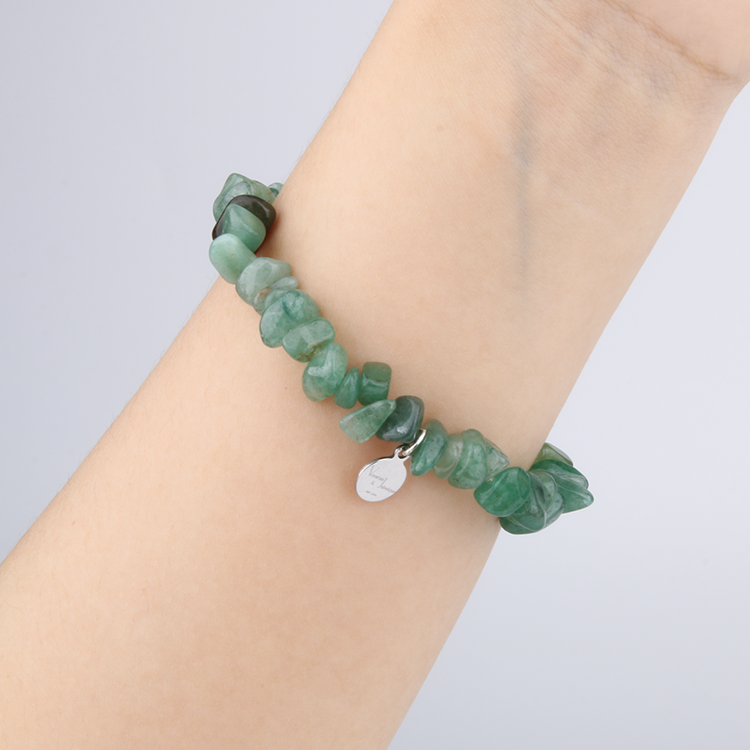
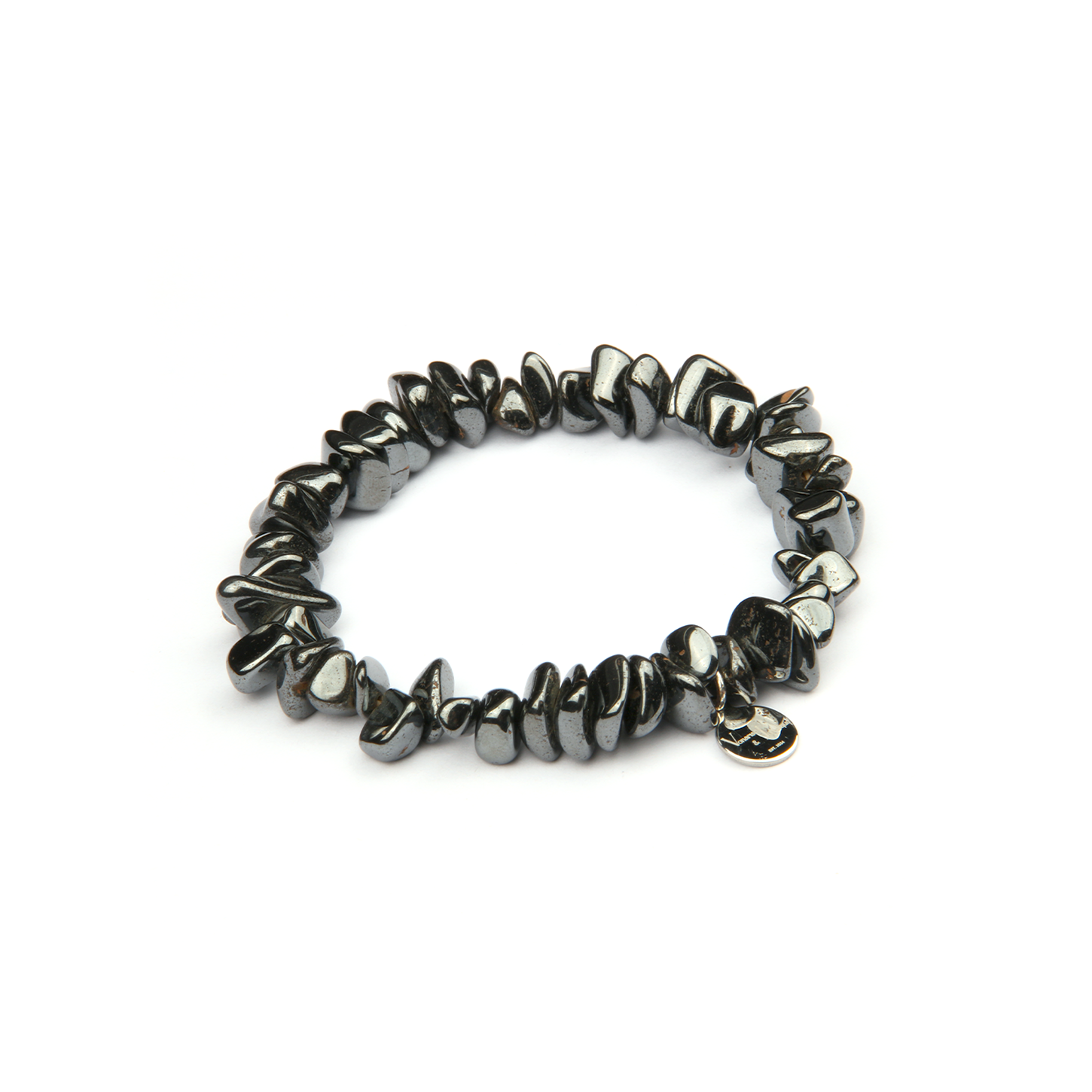
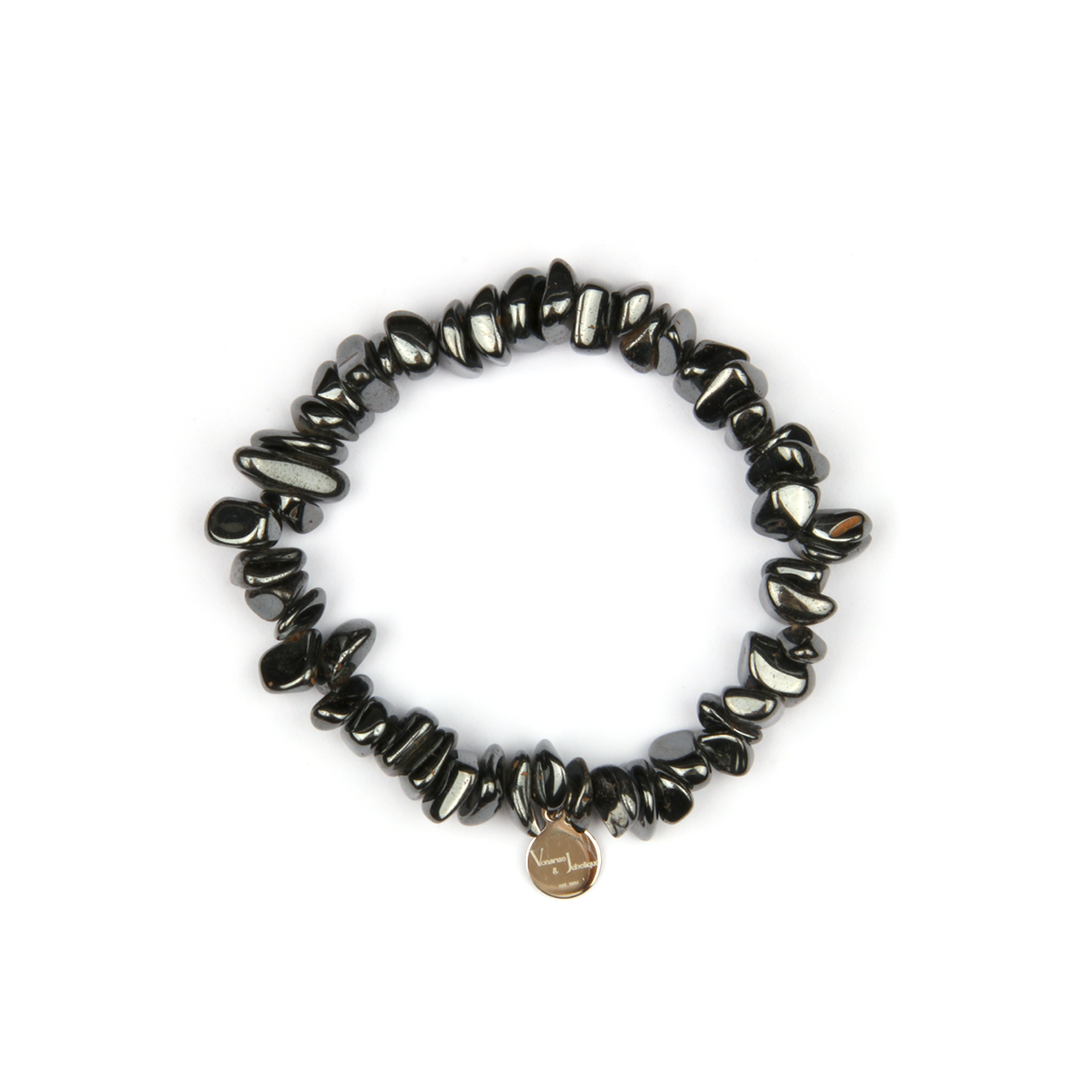
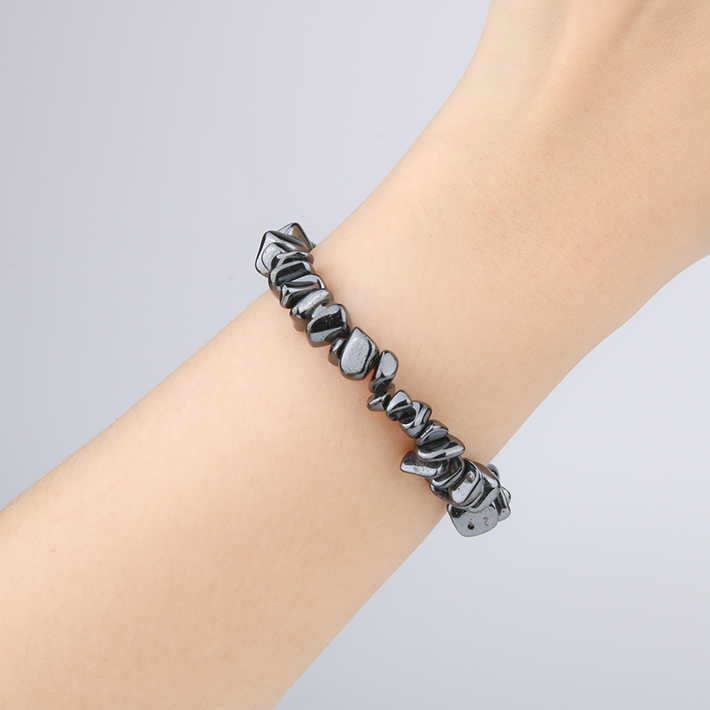
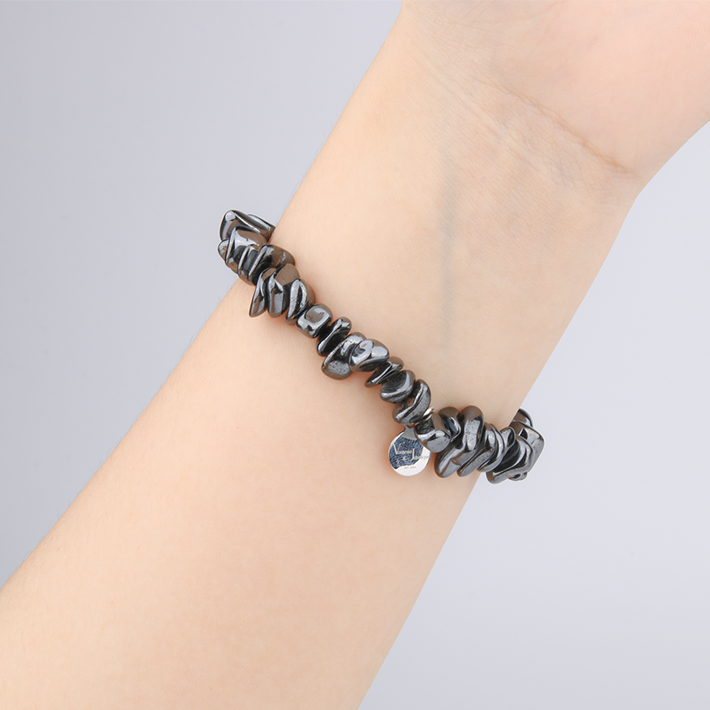
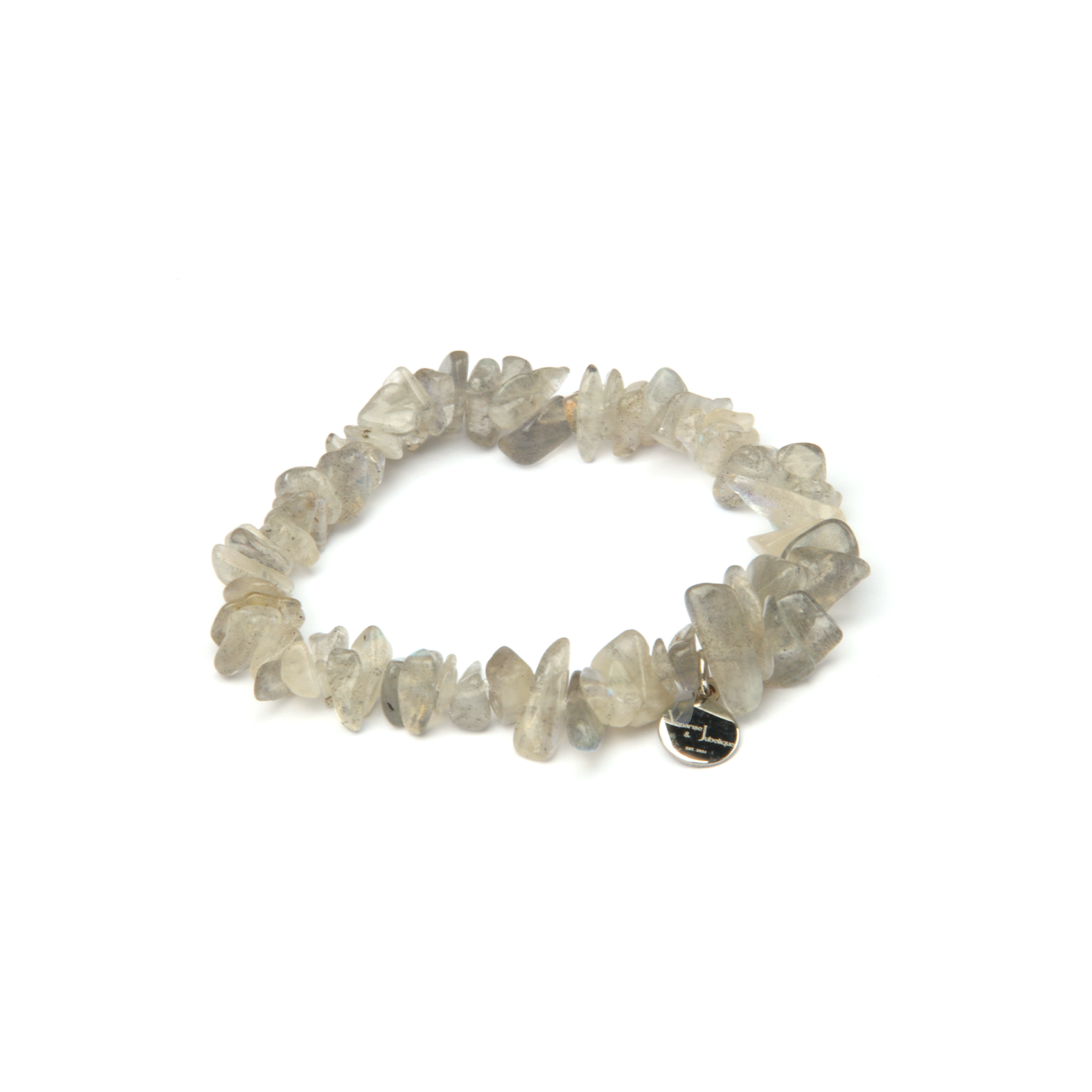
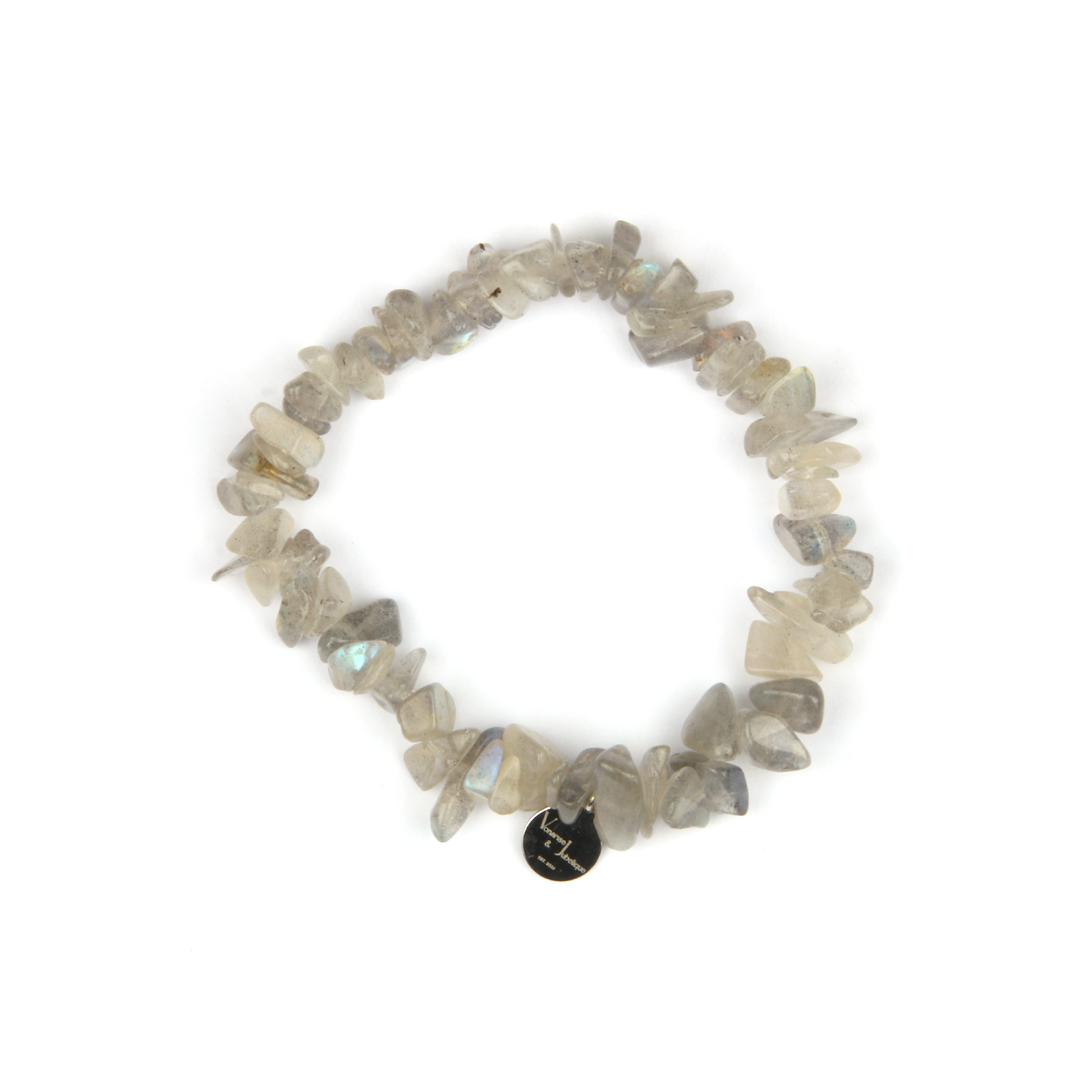
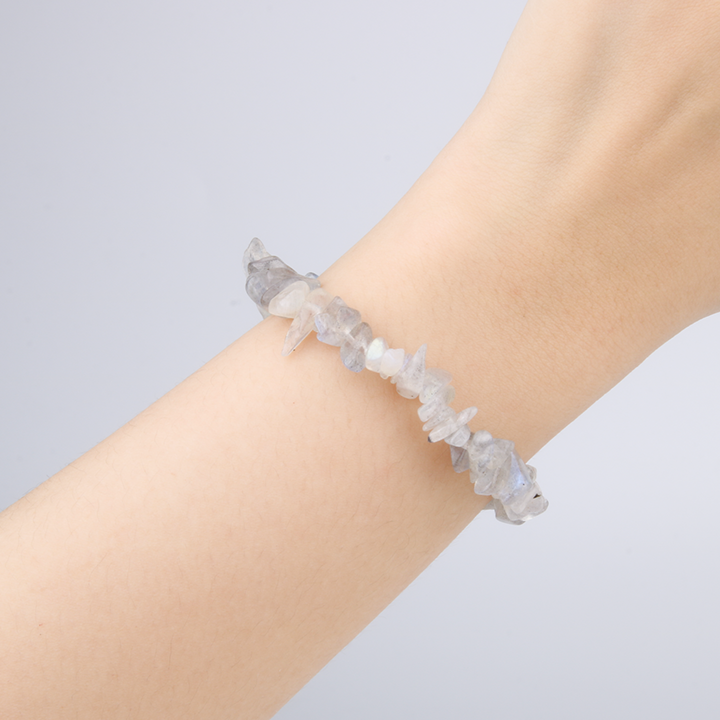
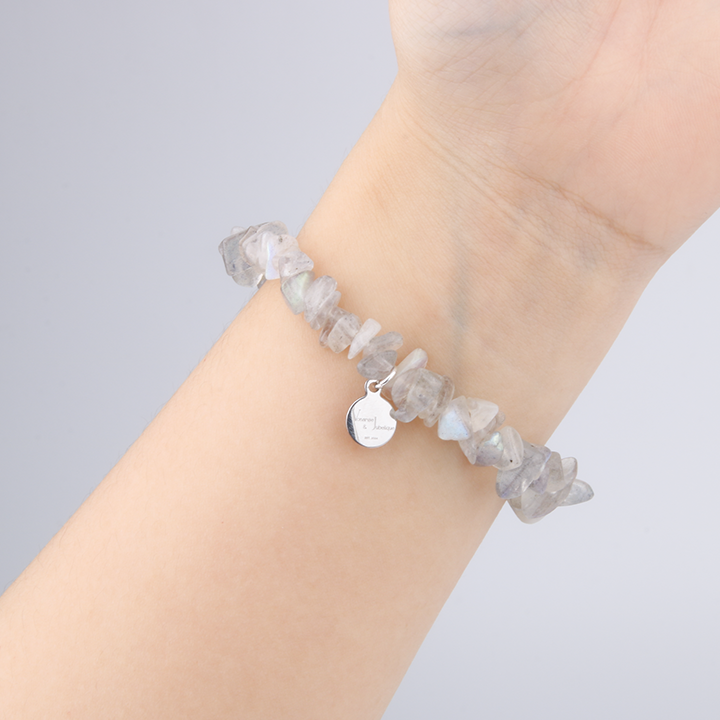
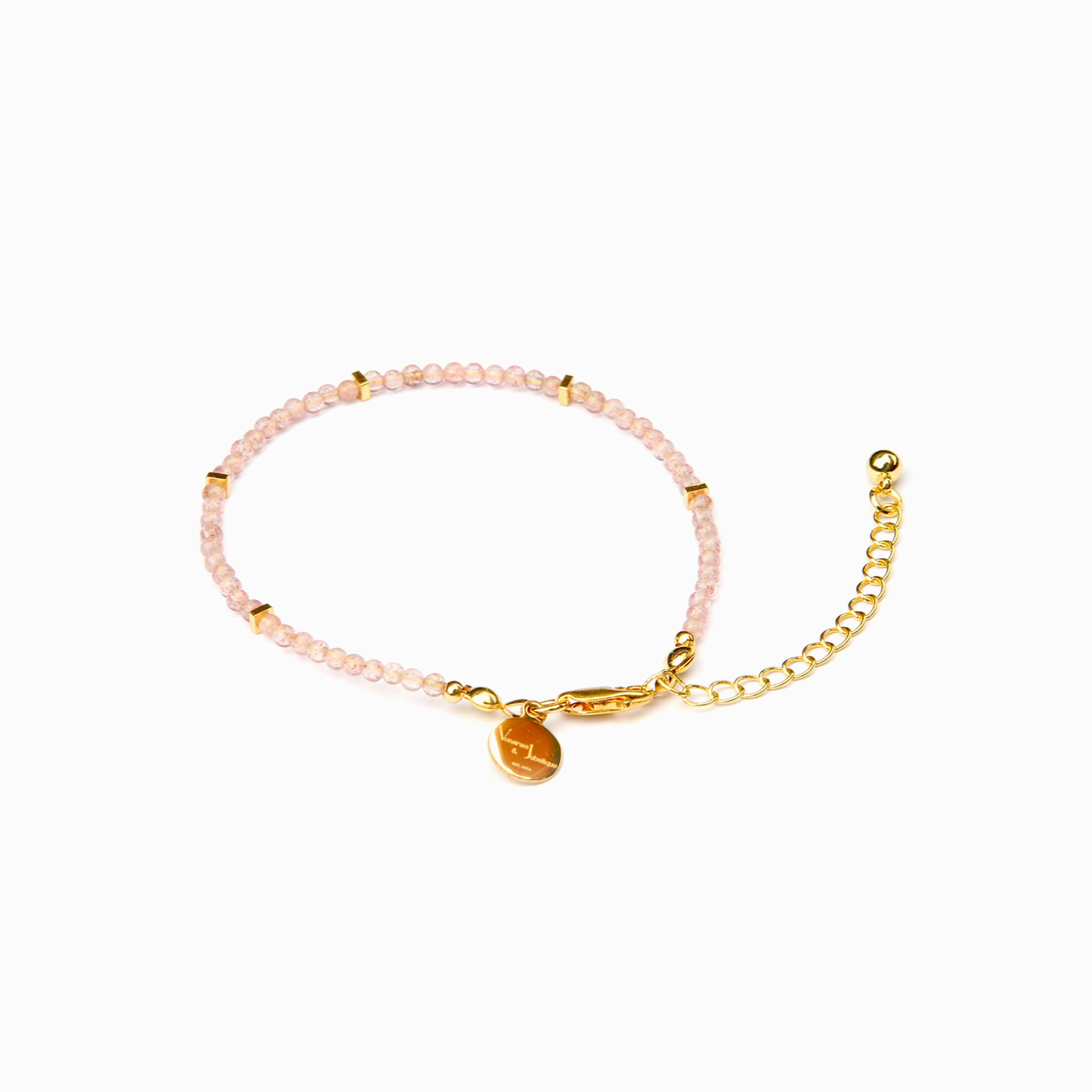
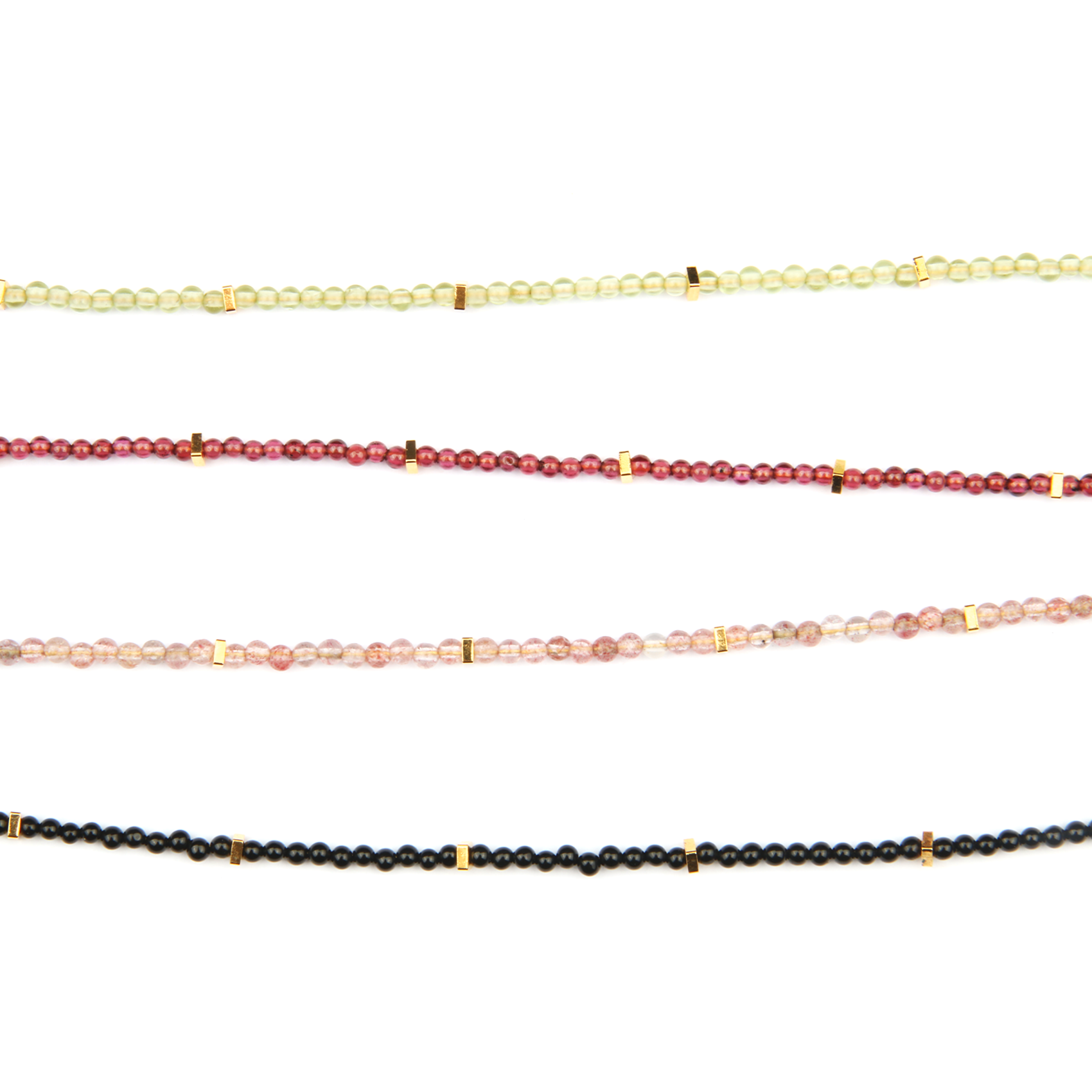
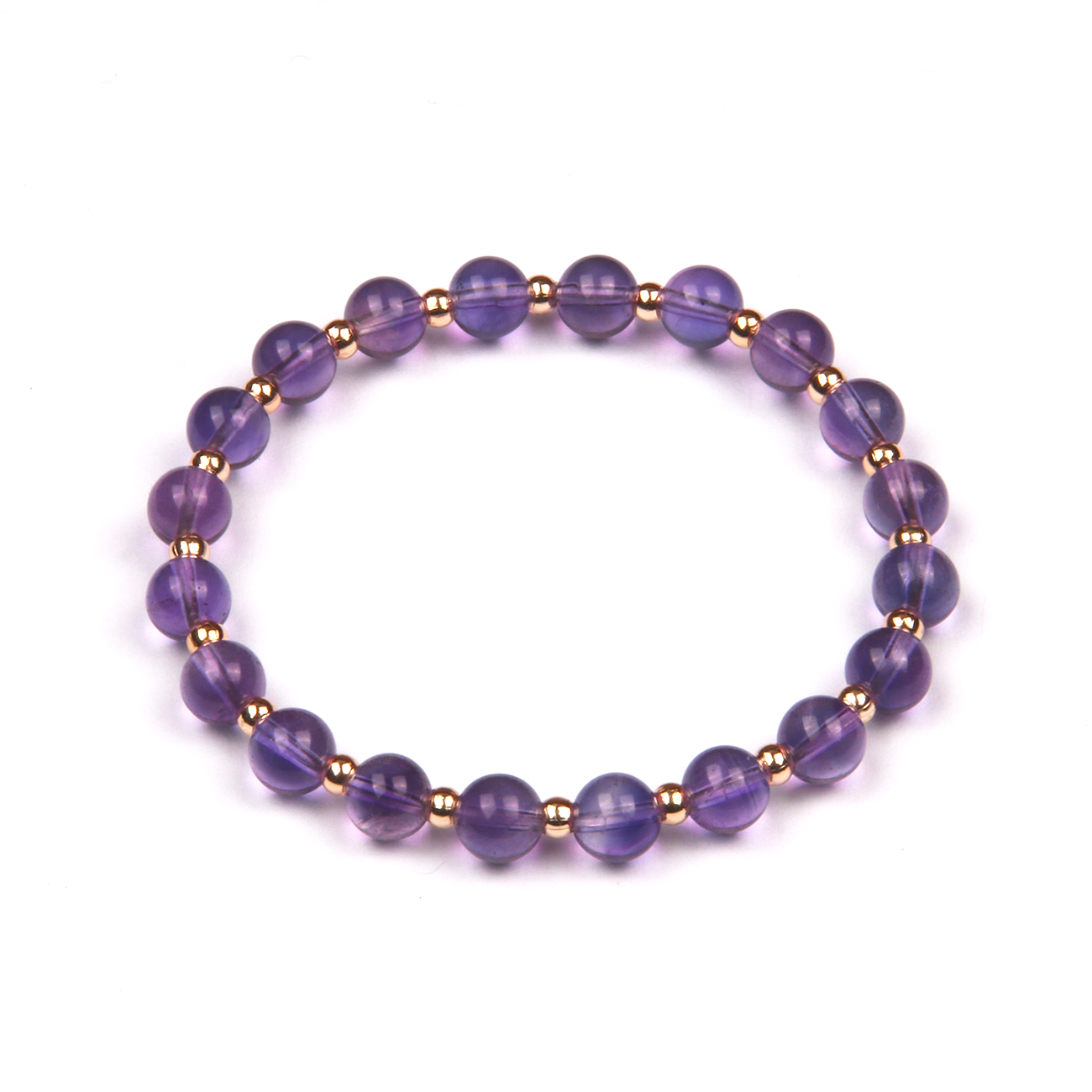
Share:
Peridot
Selenite